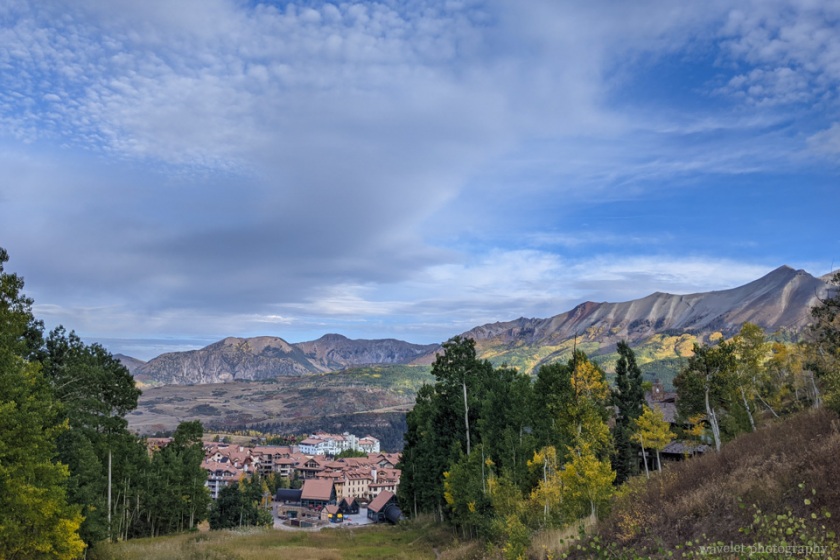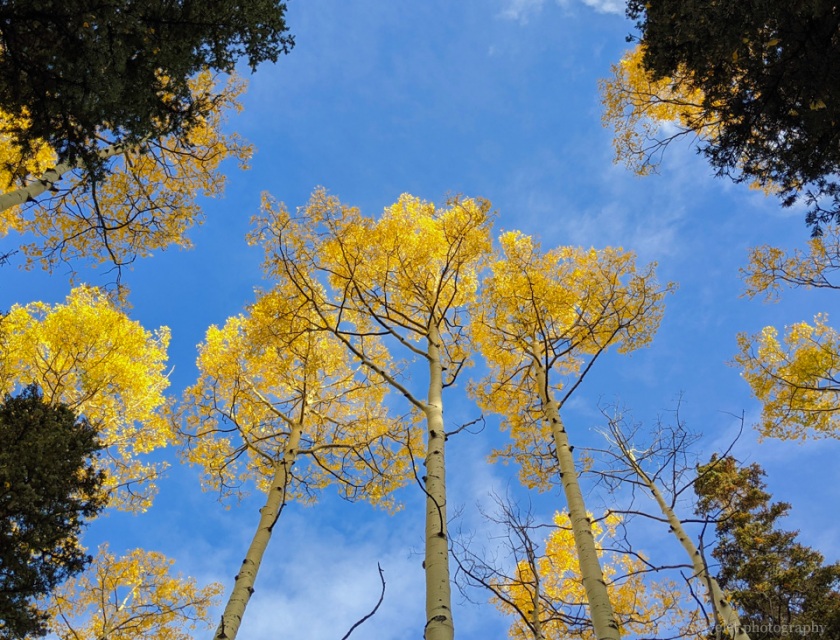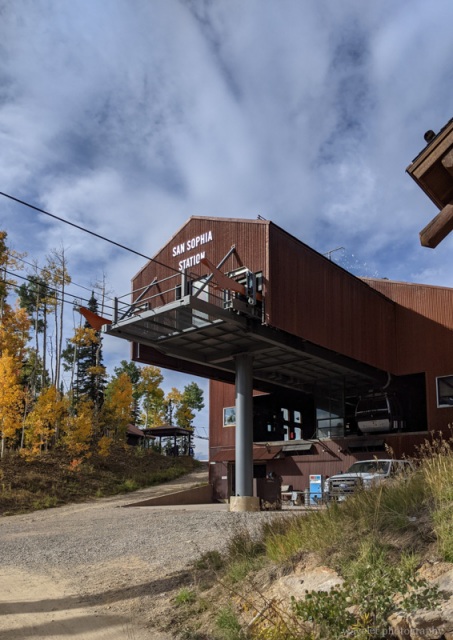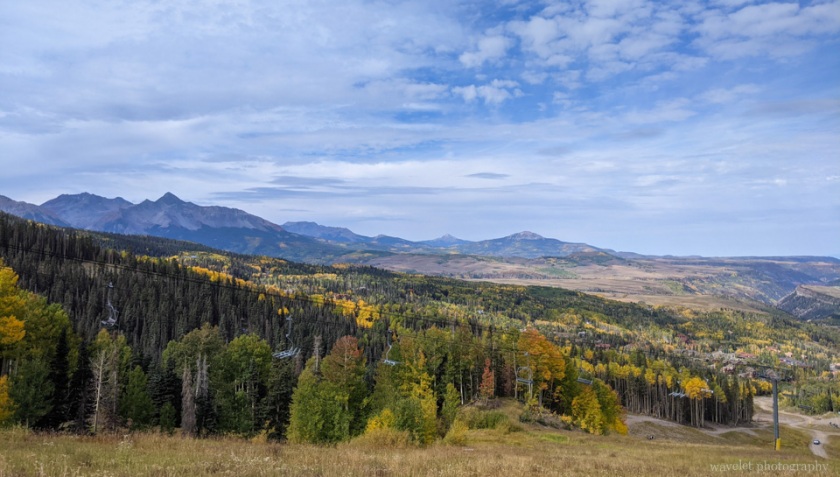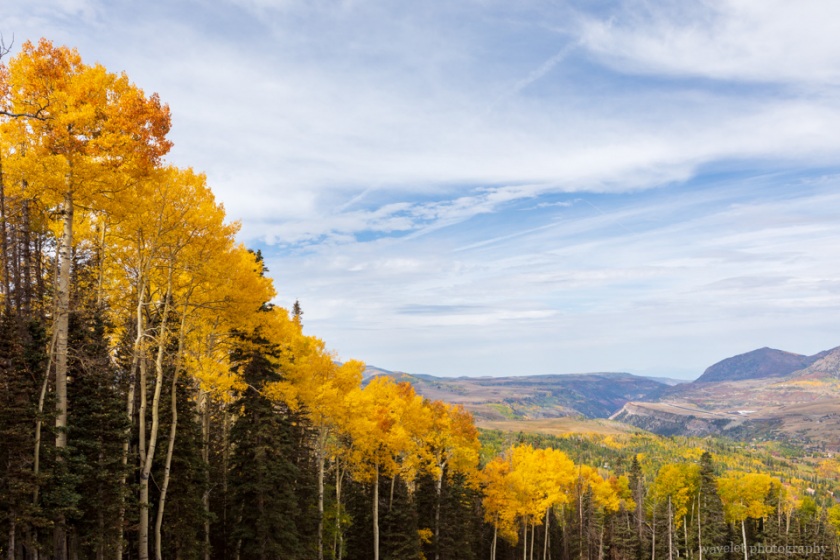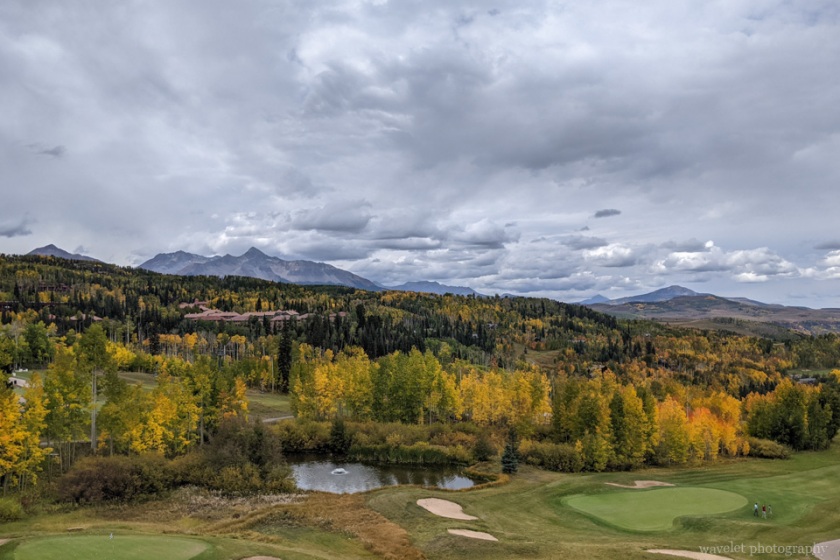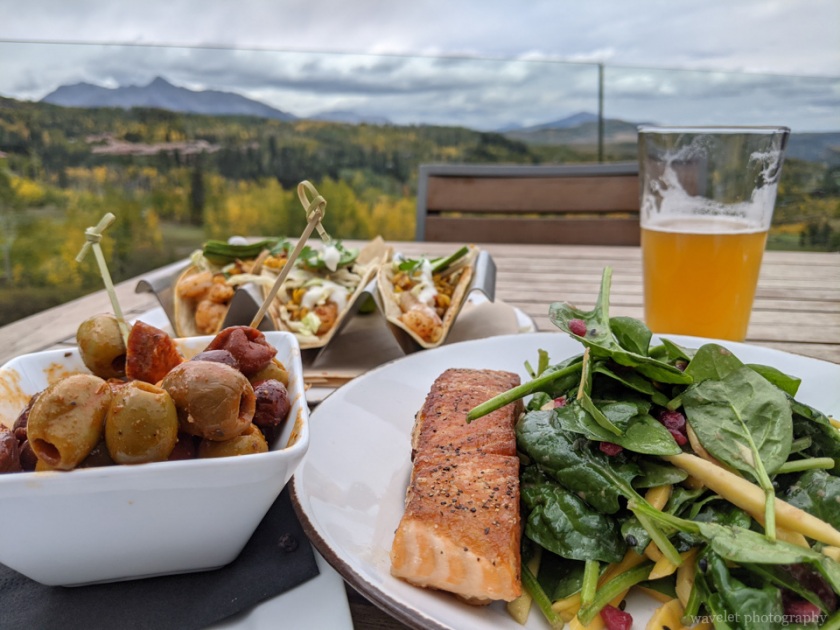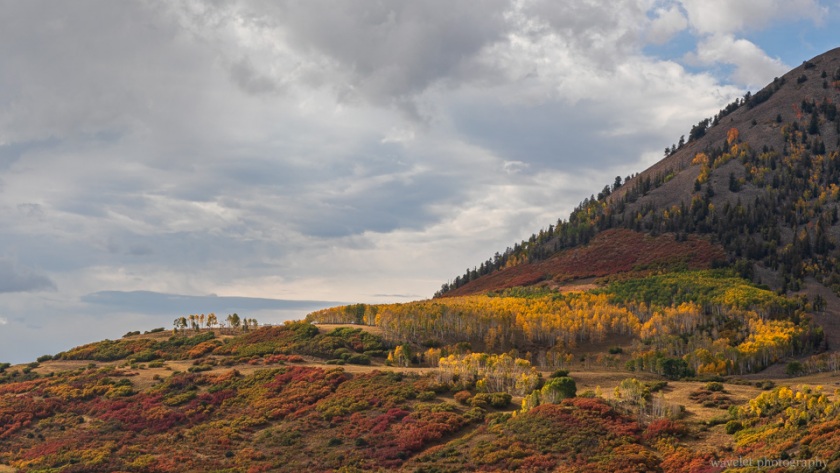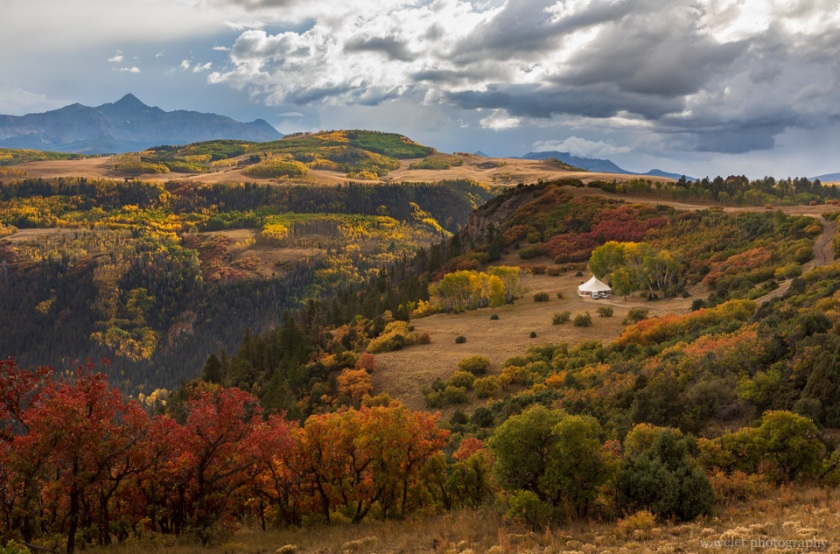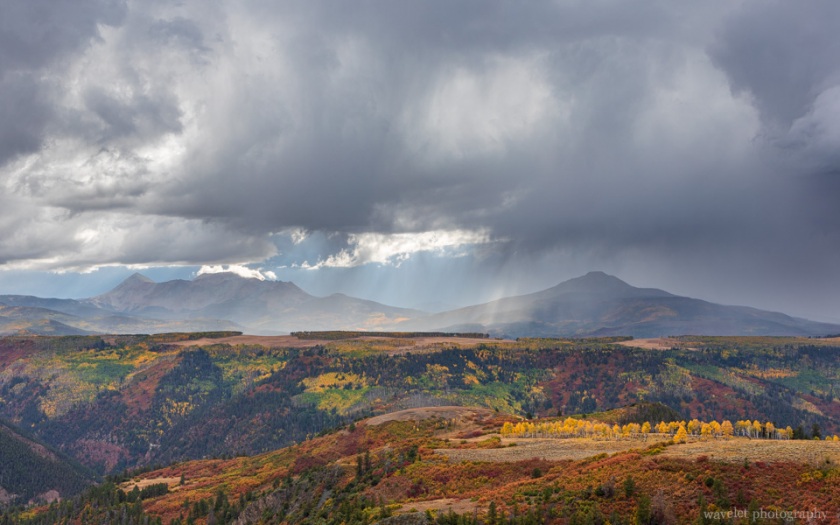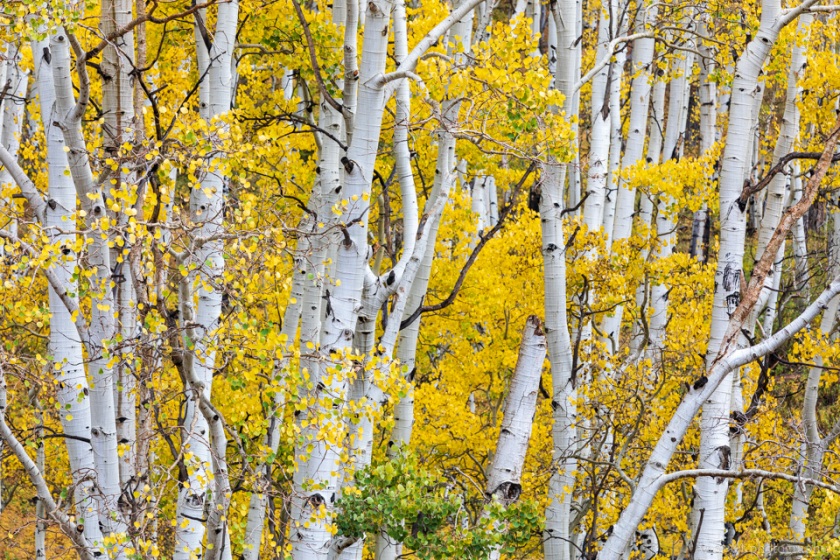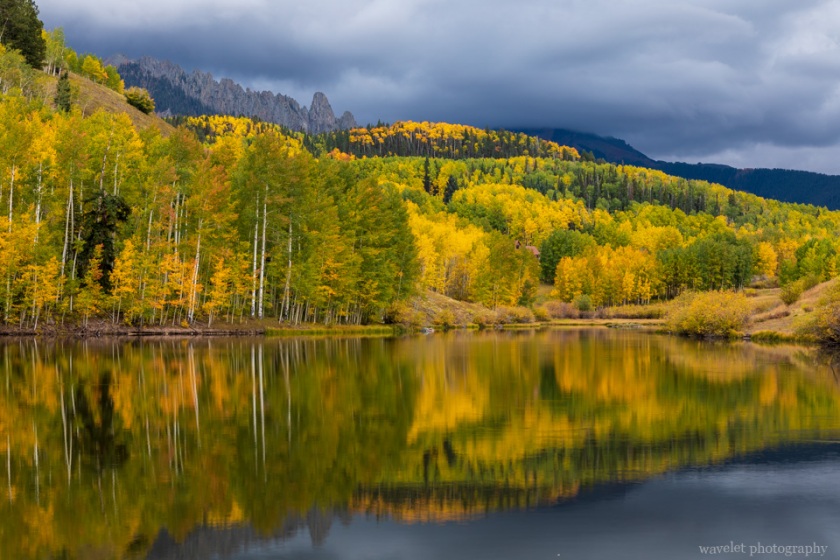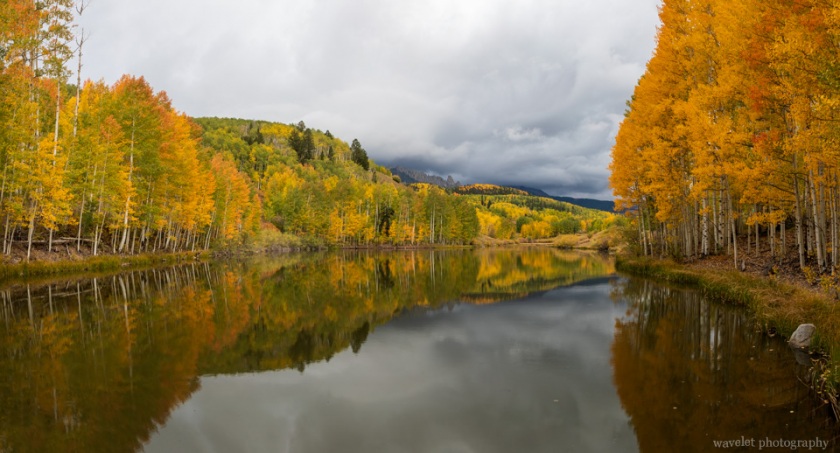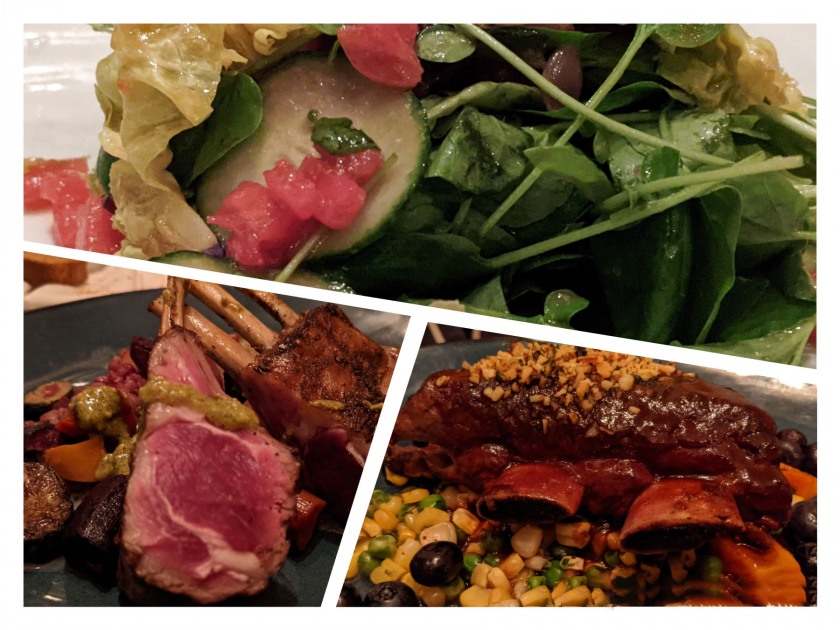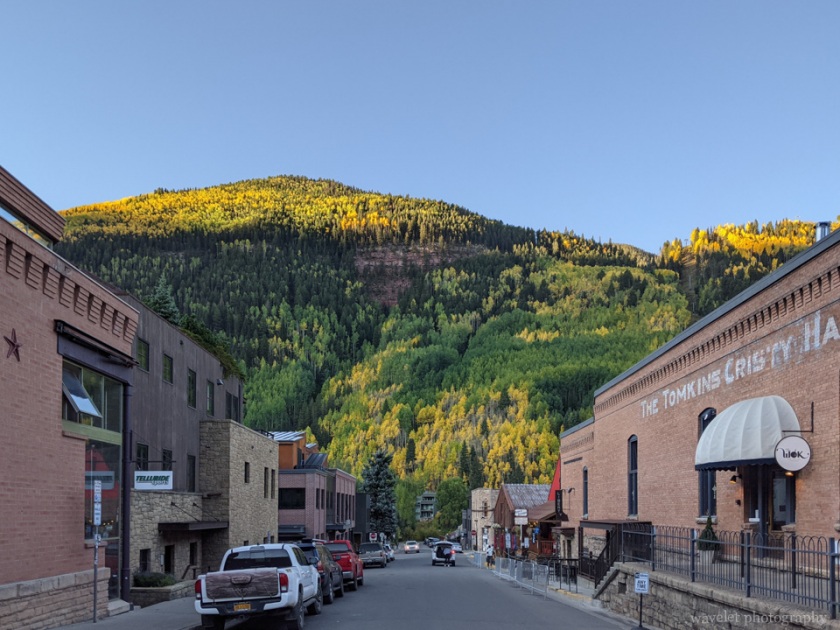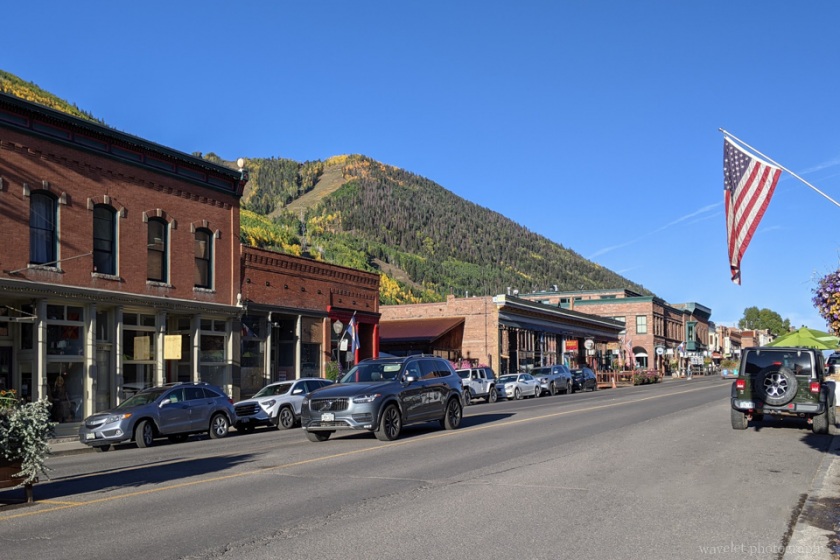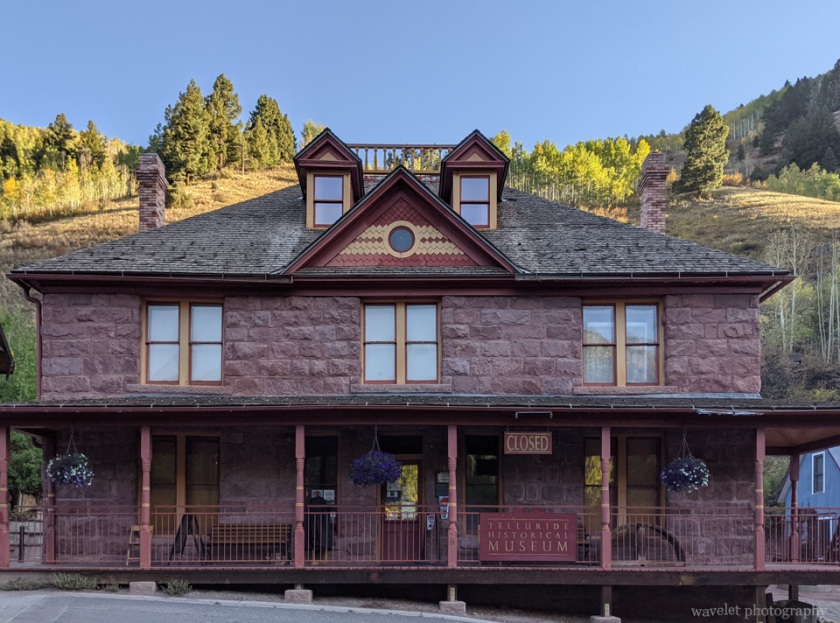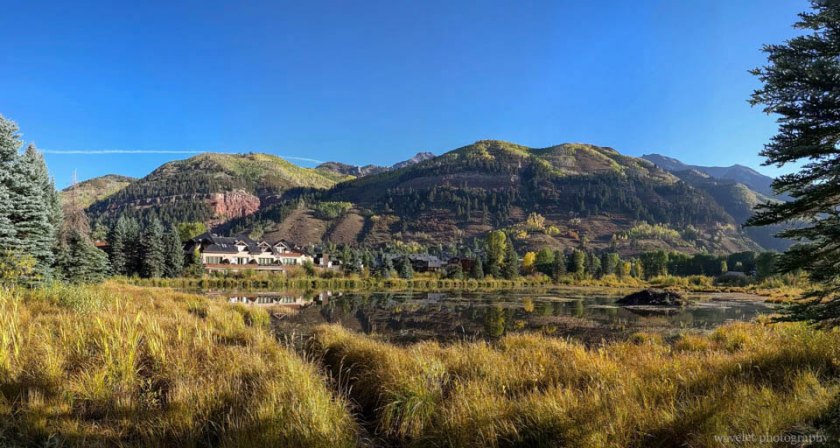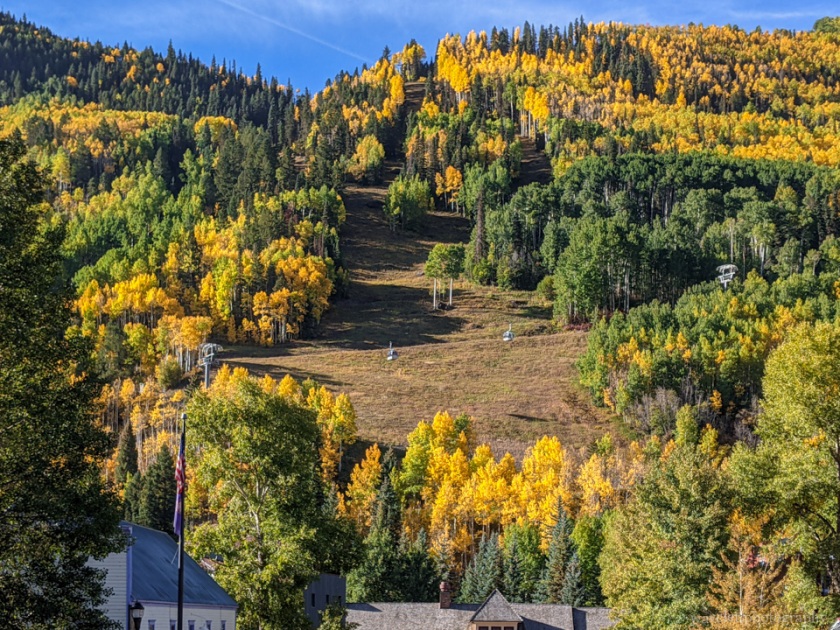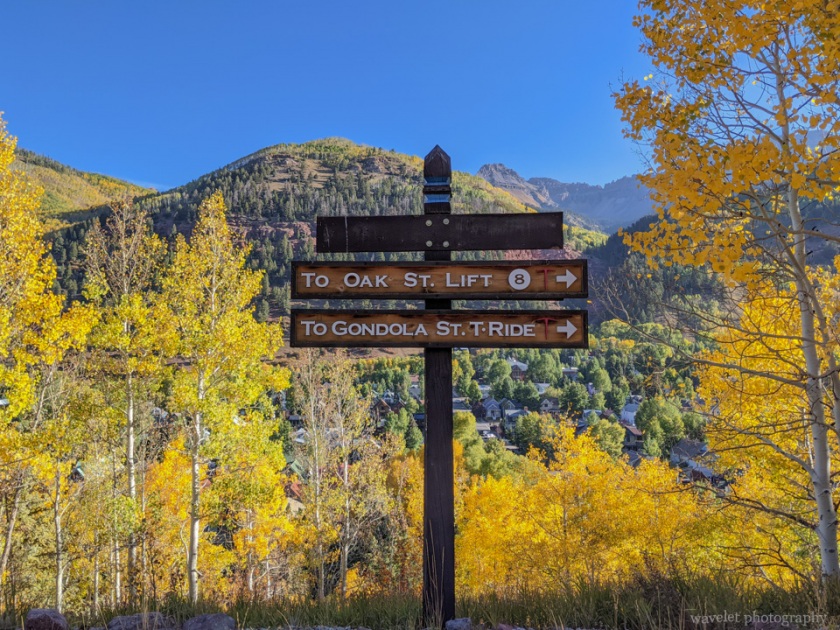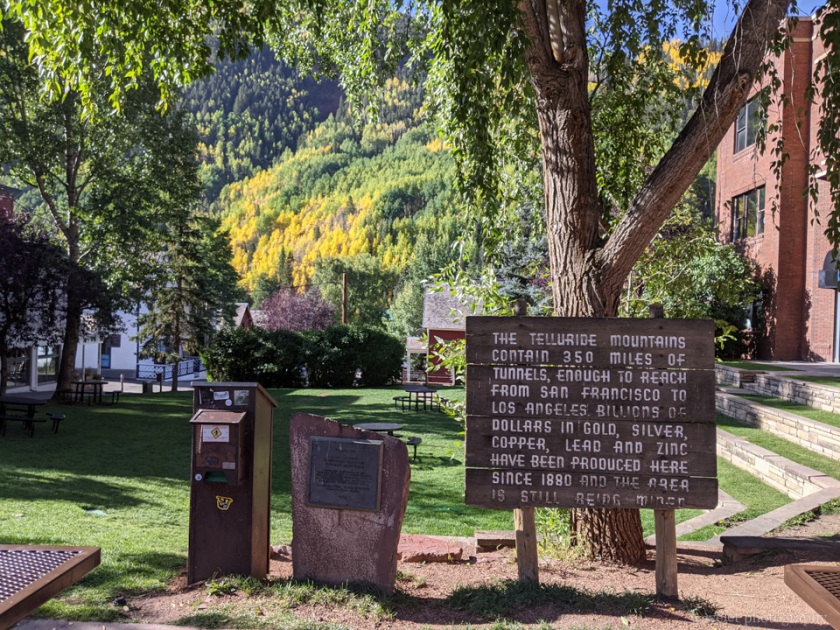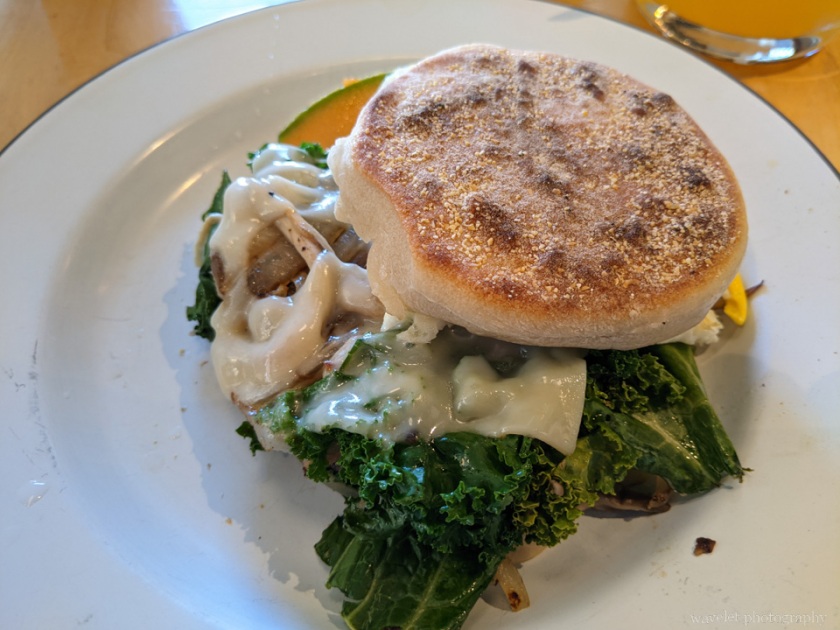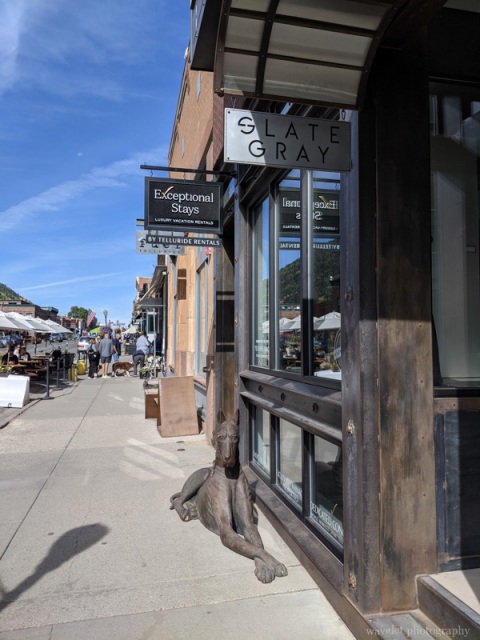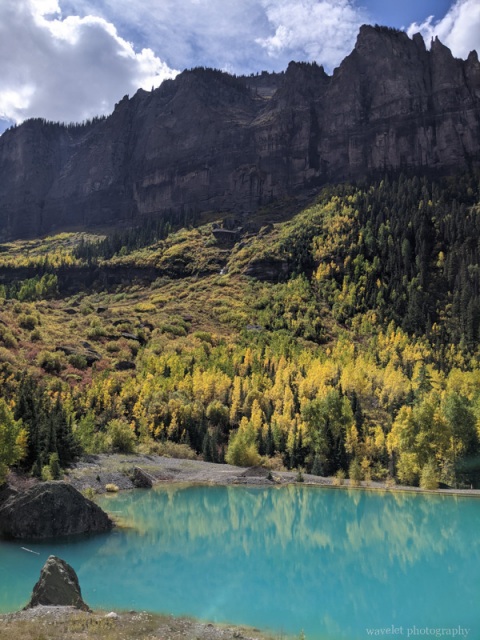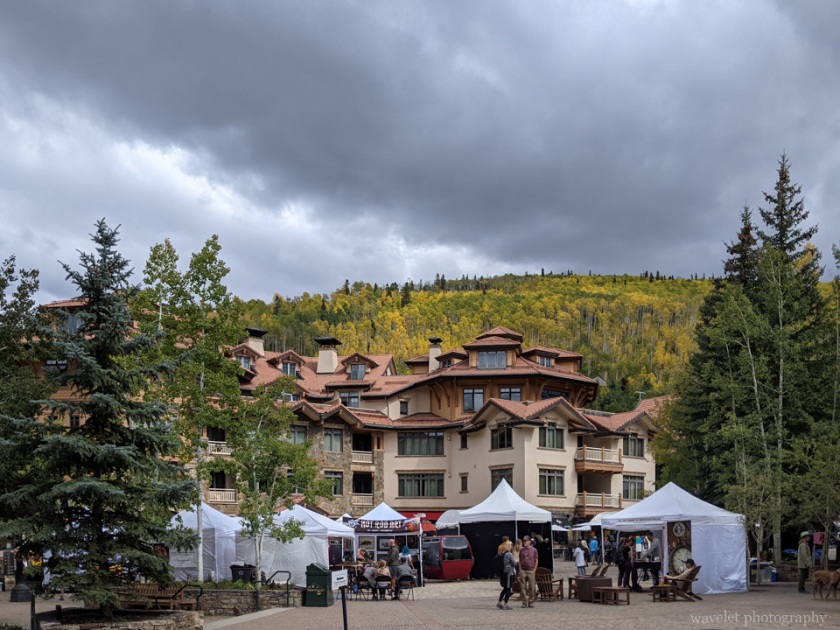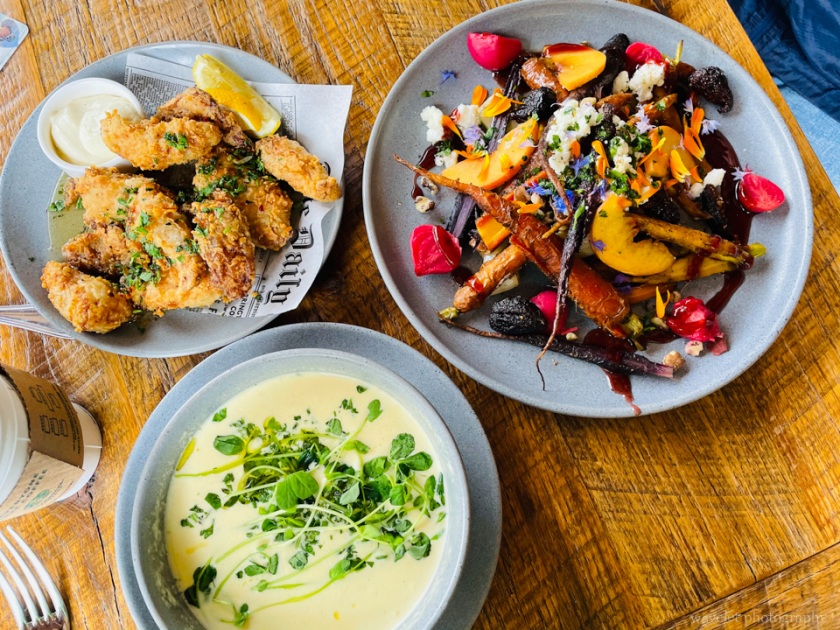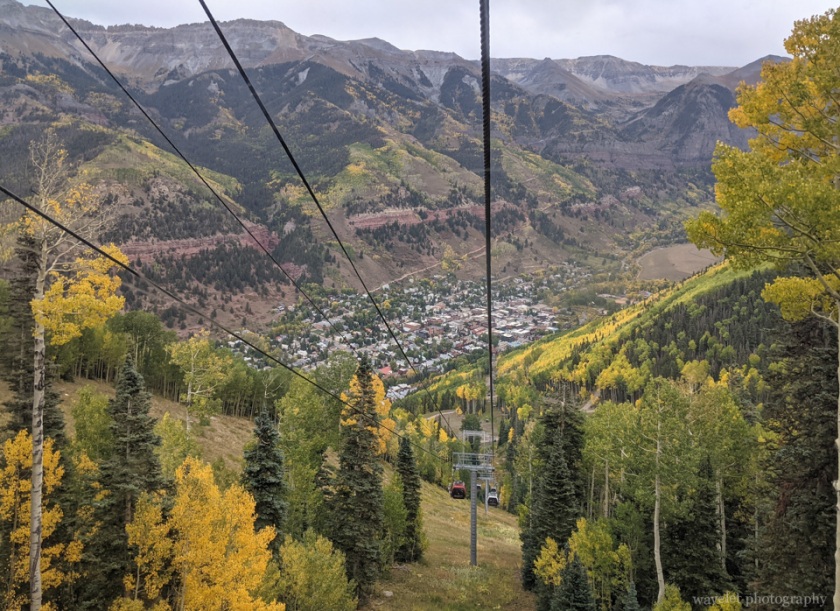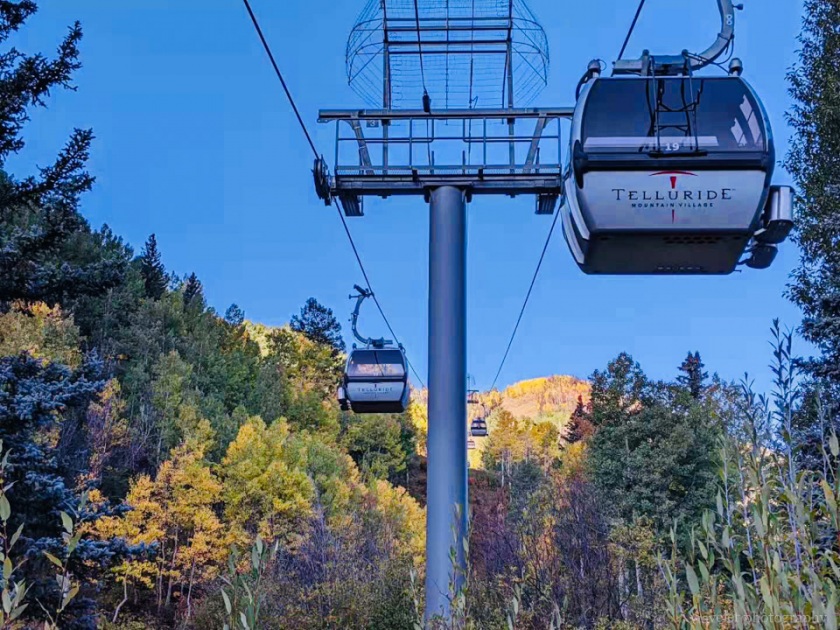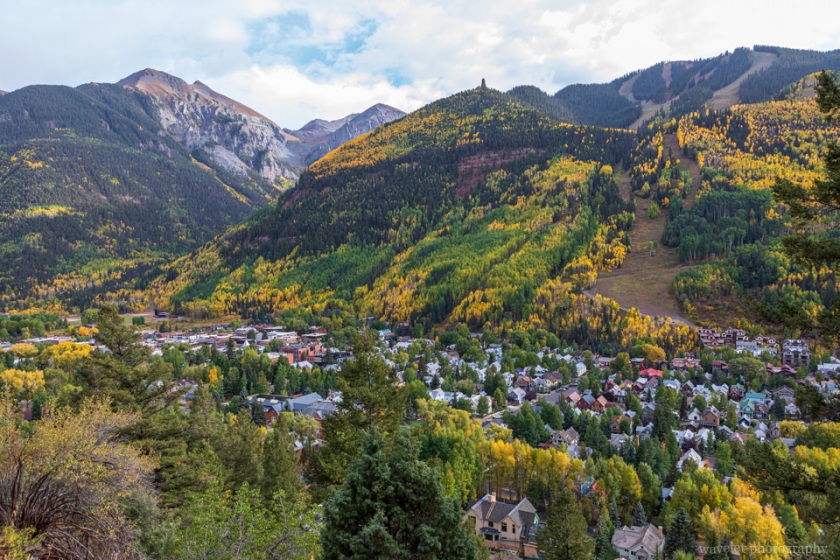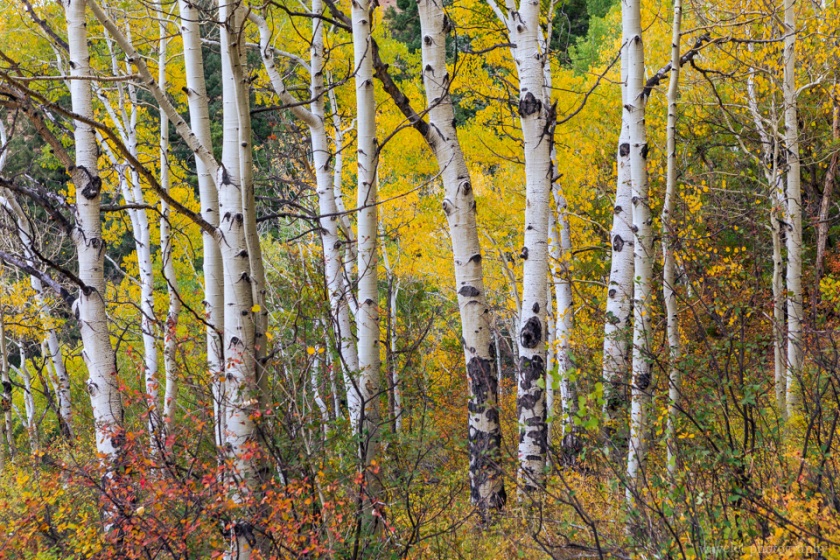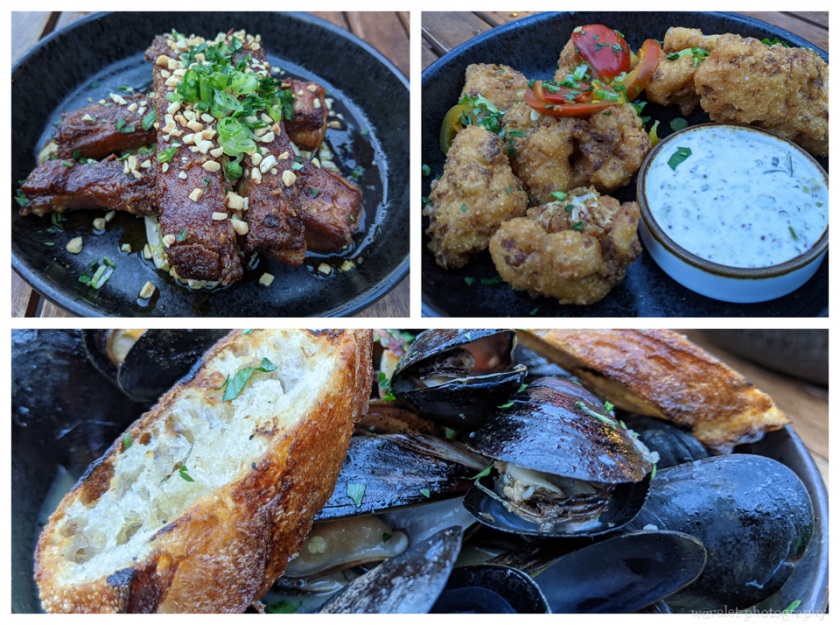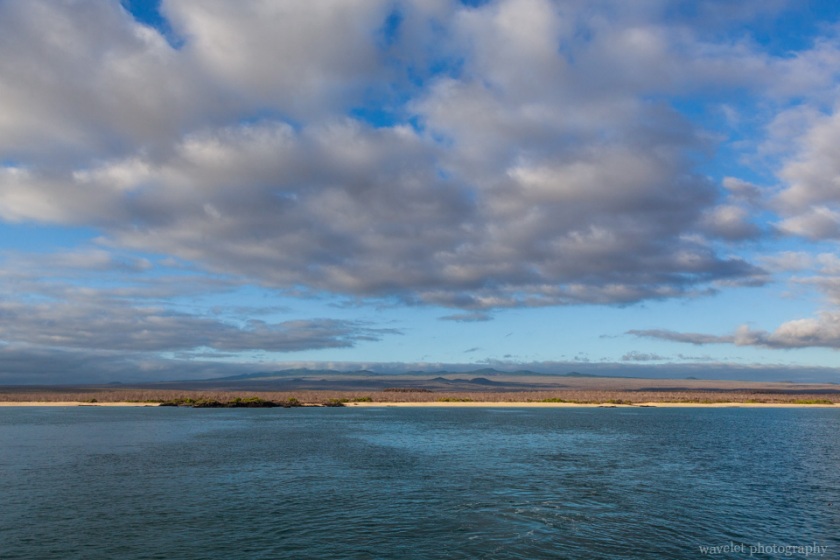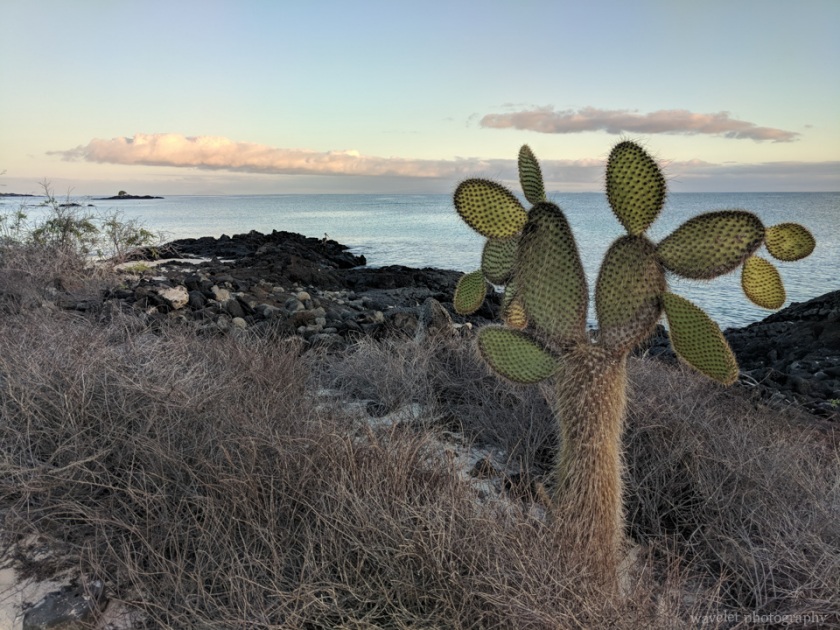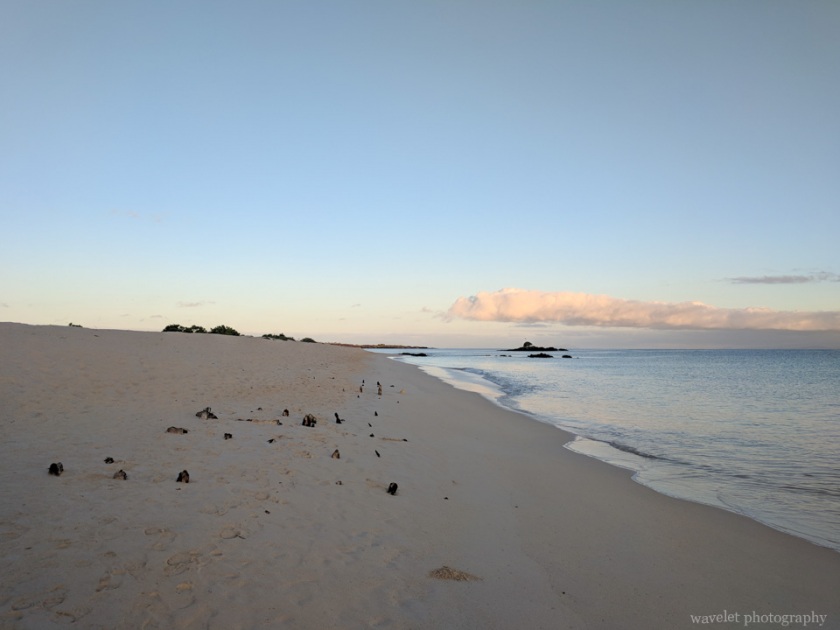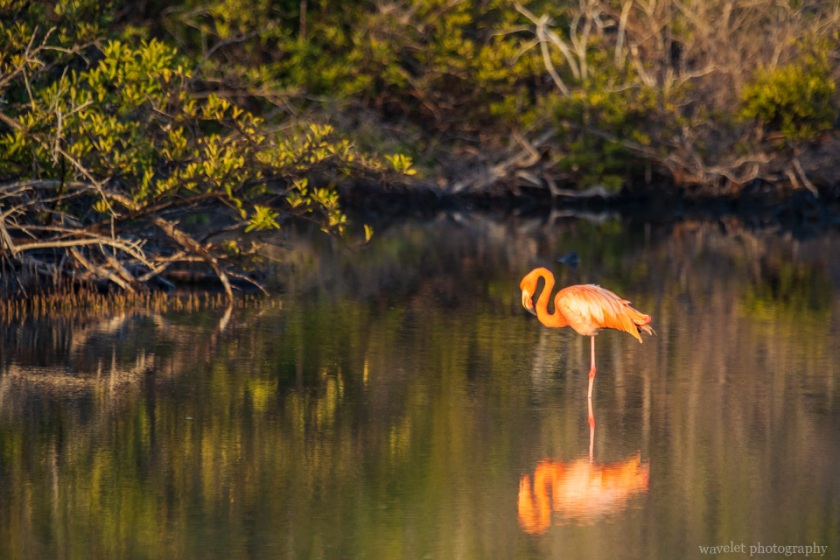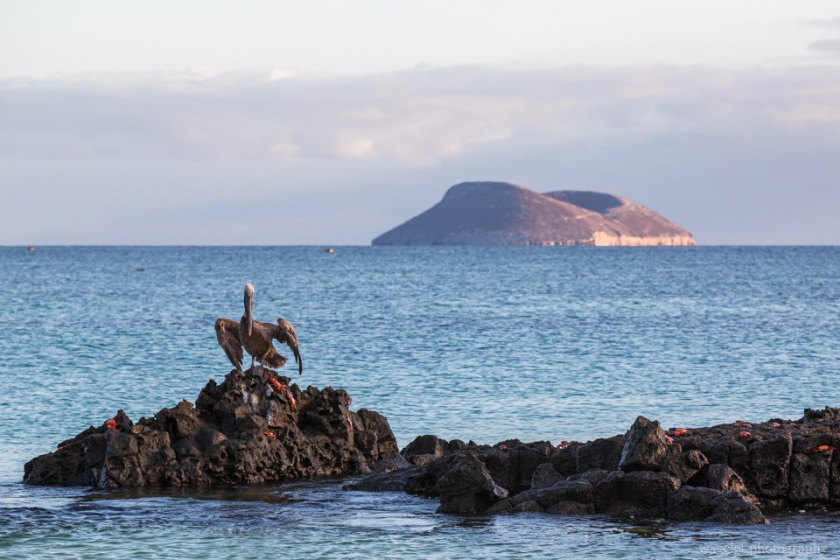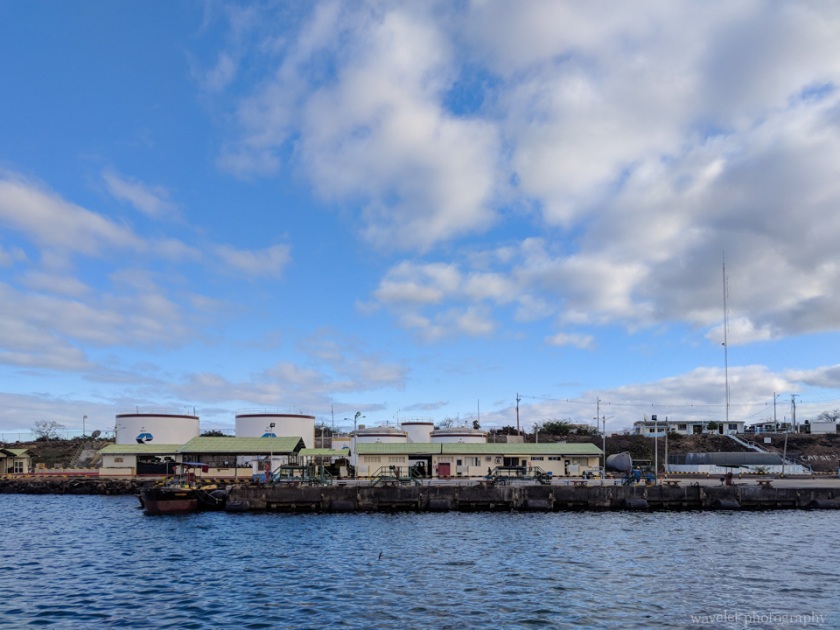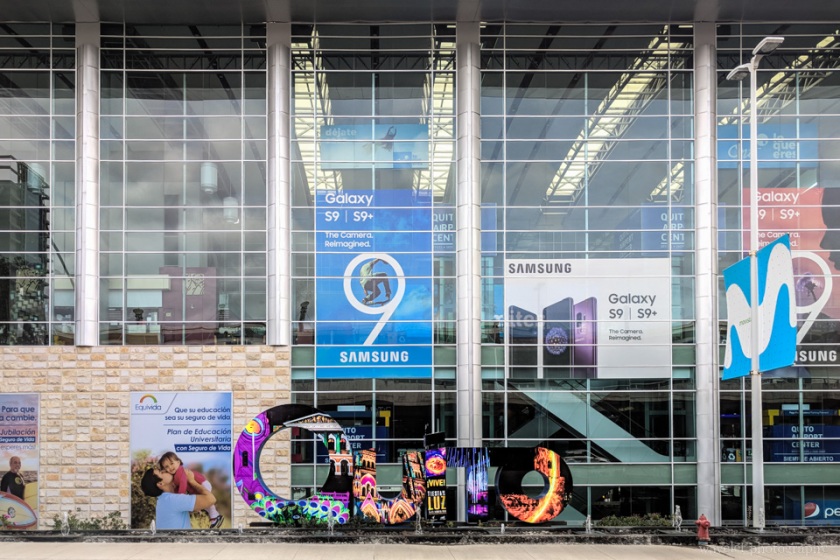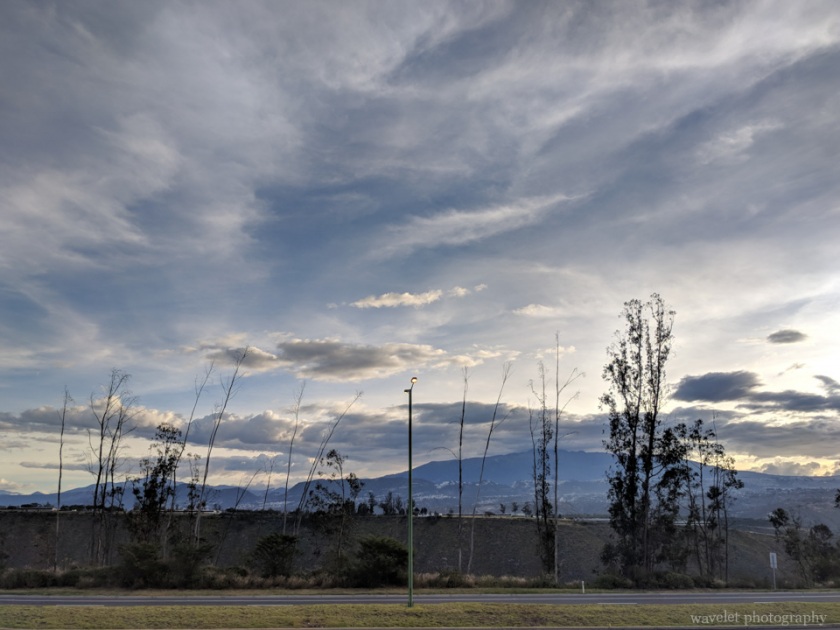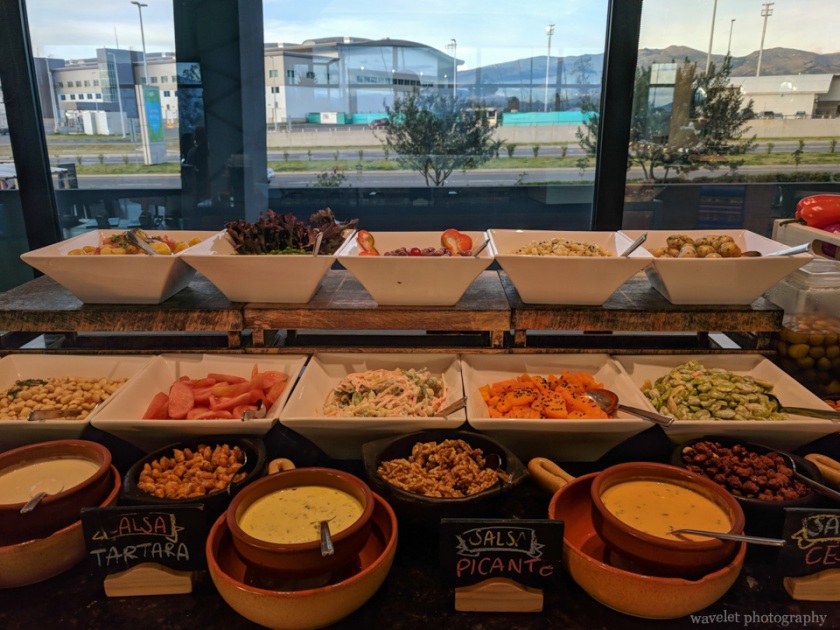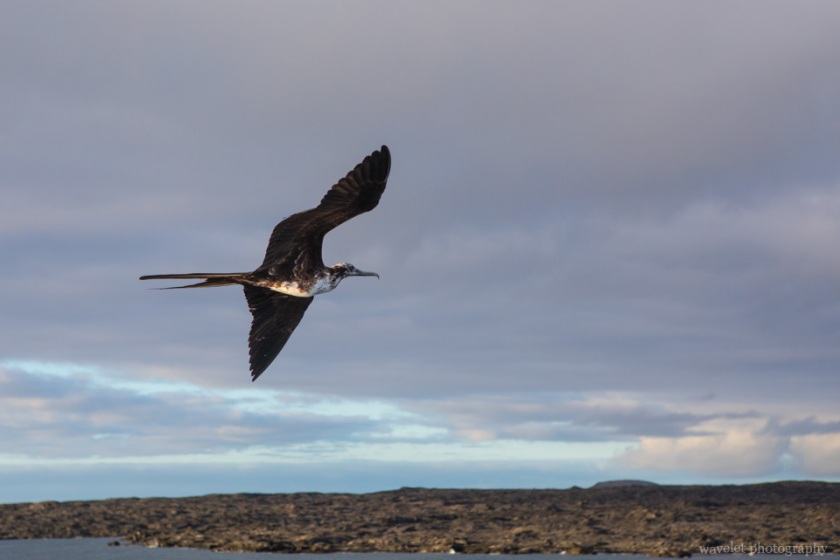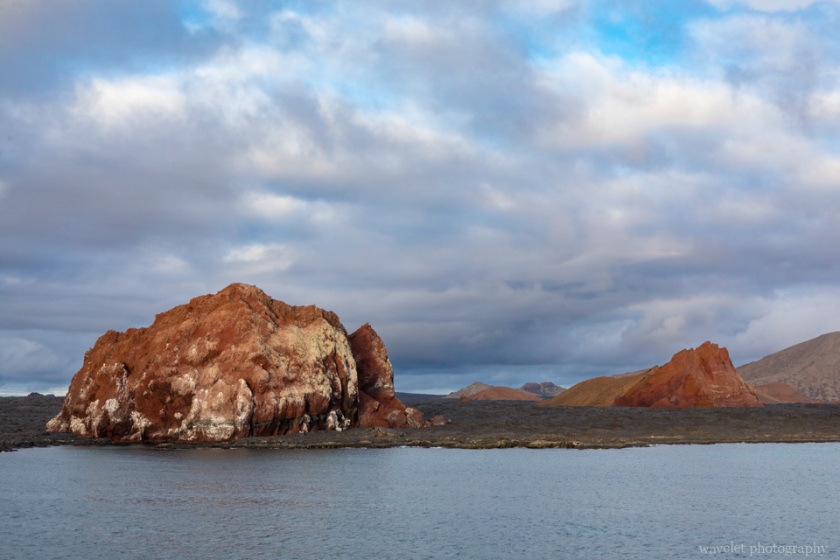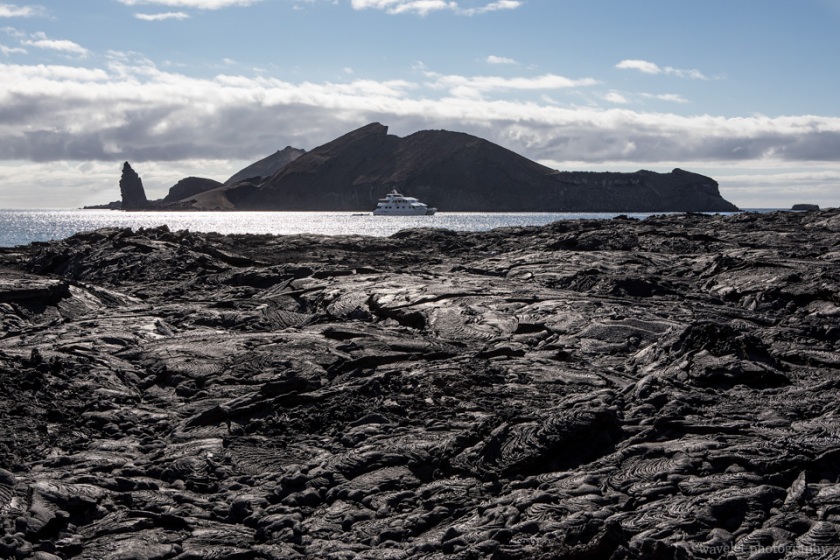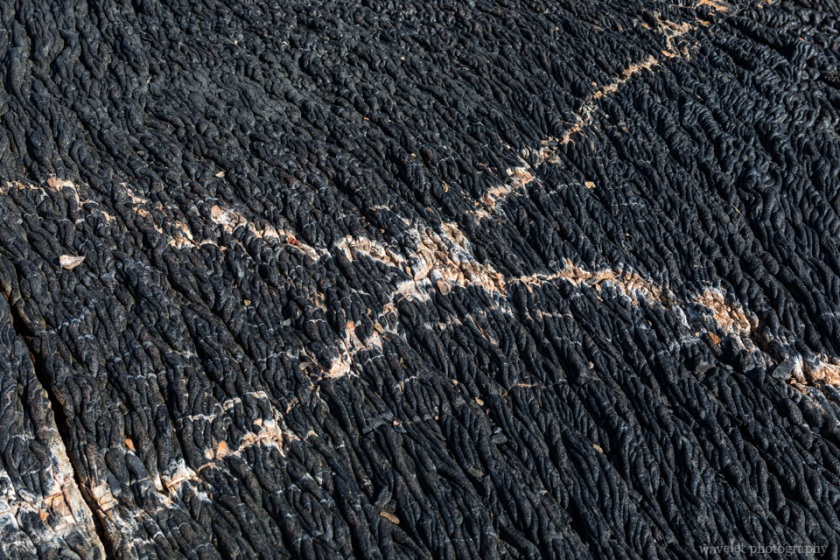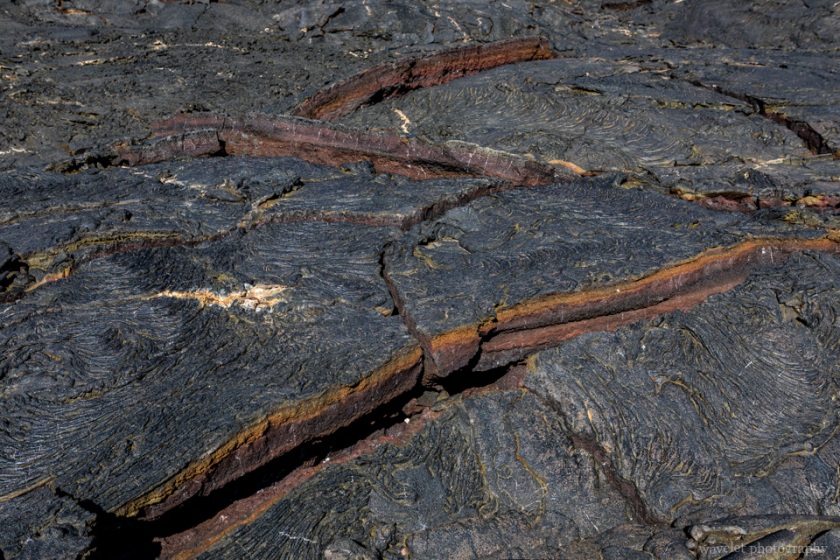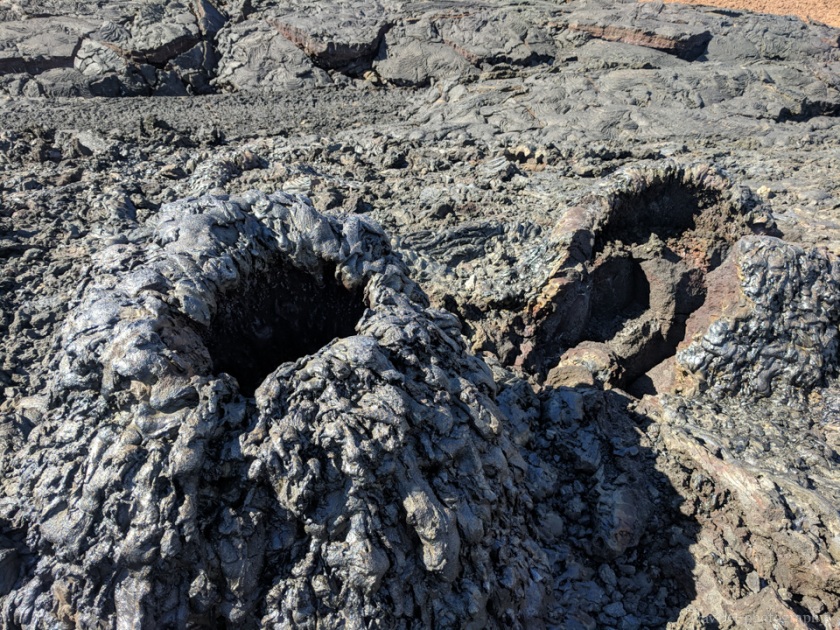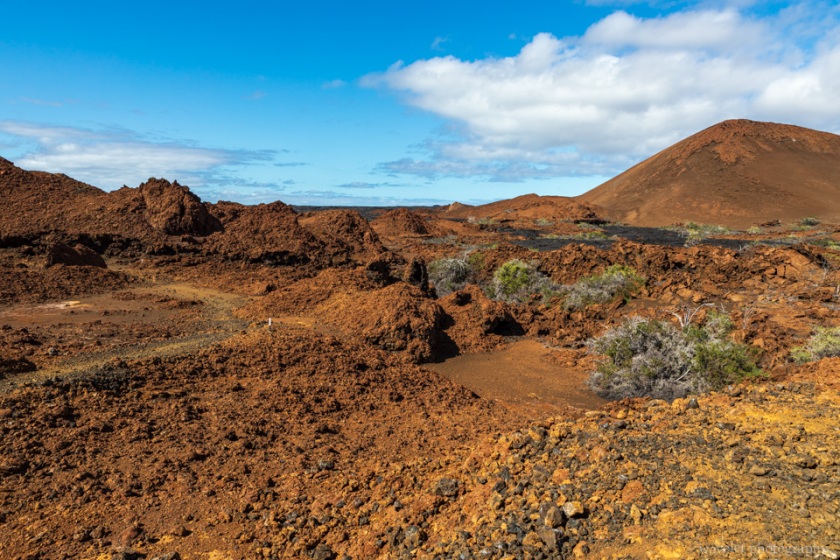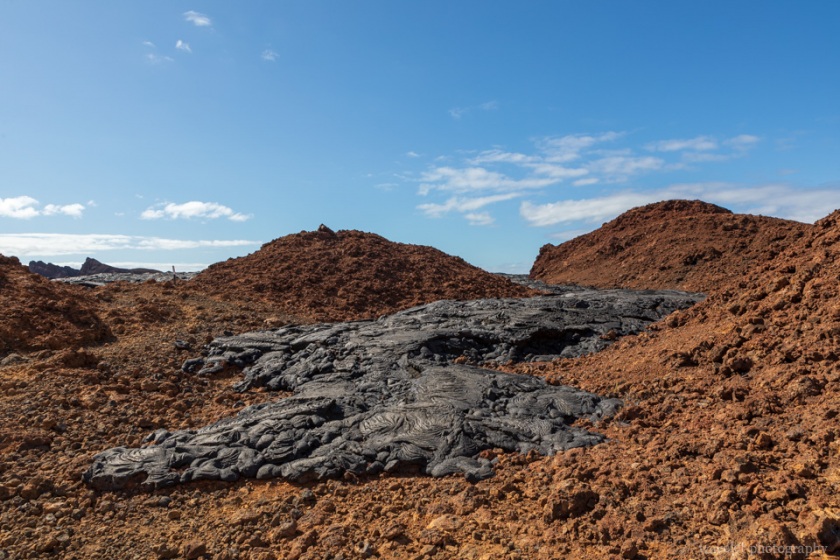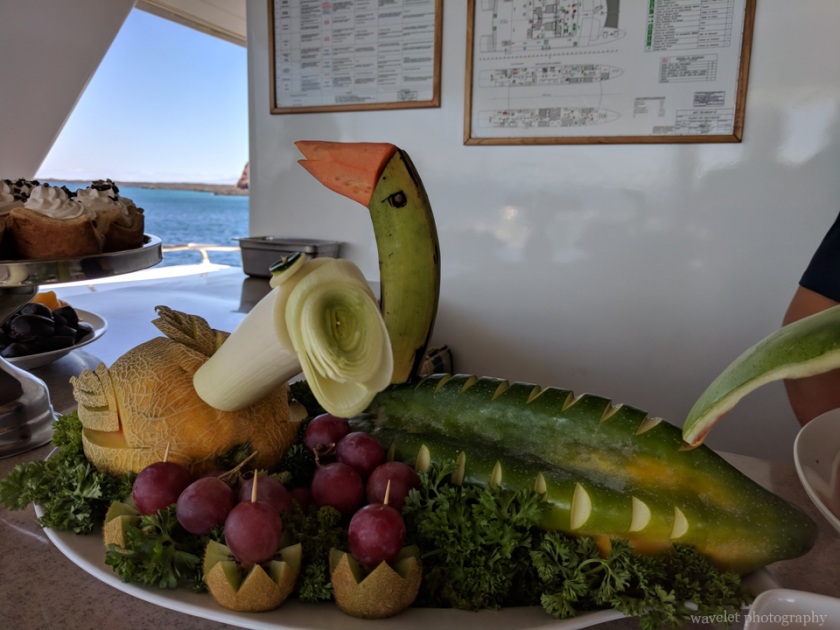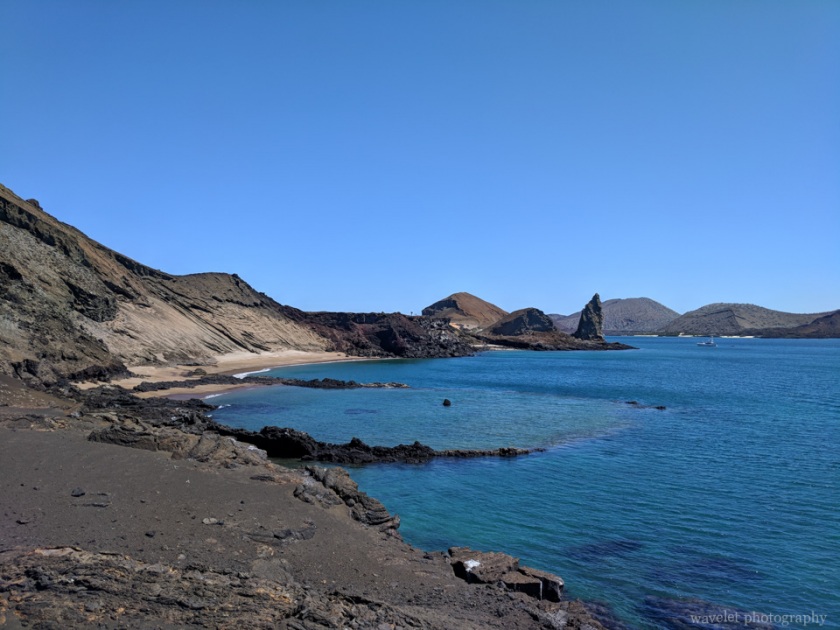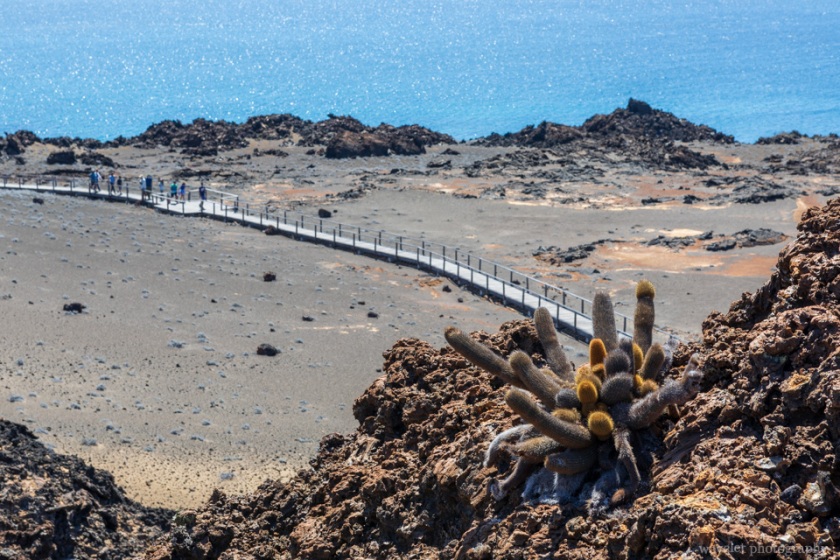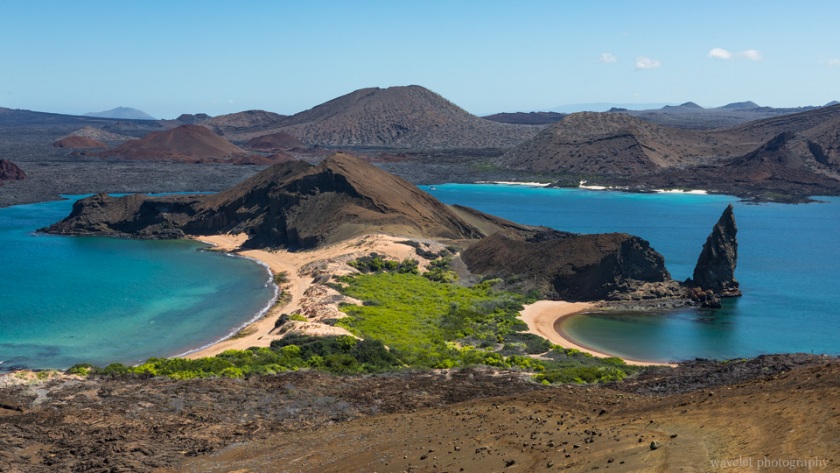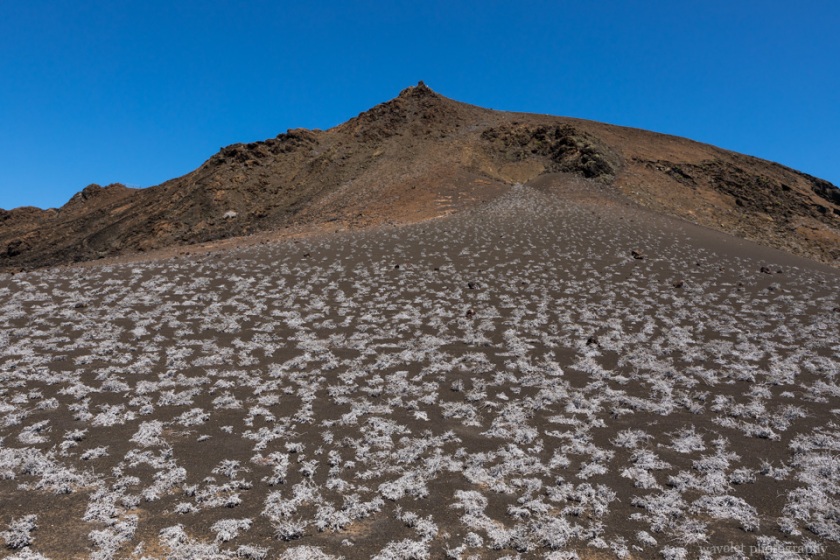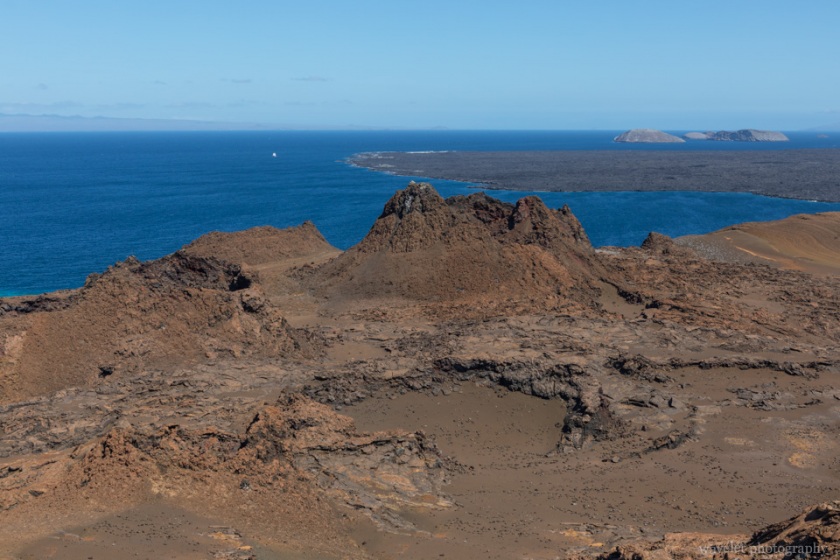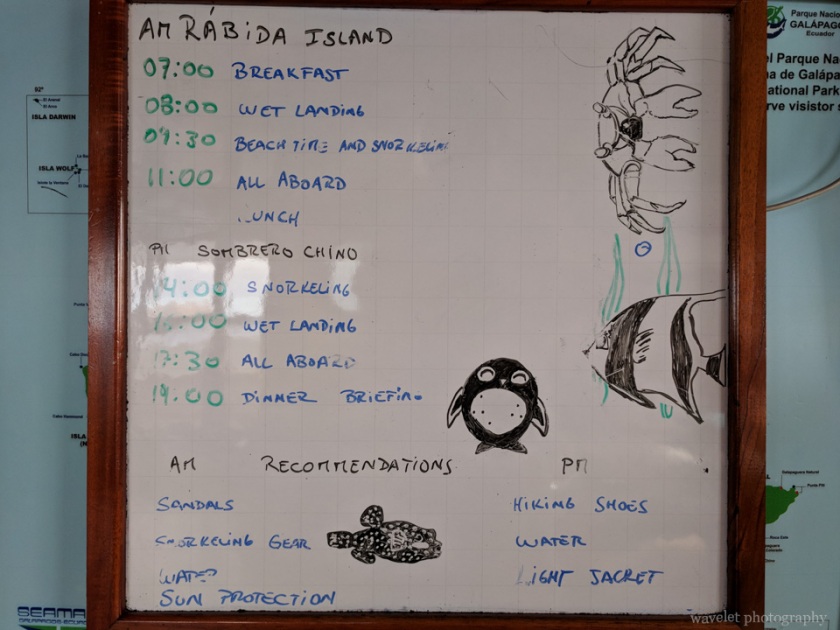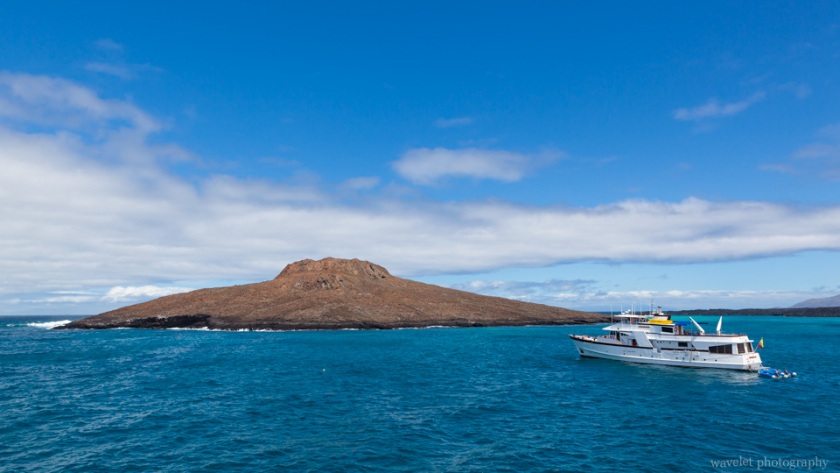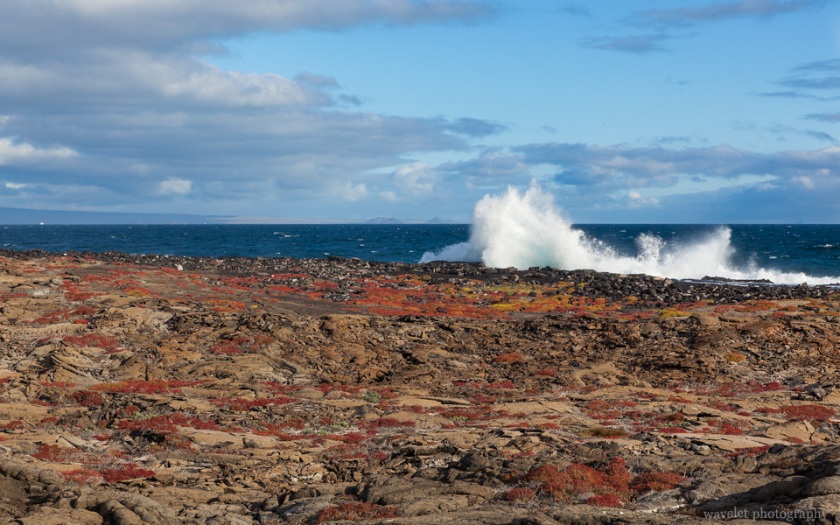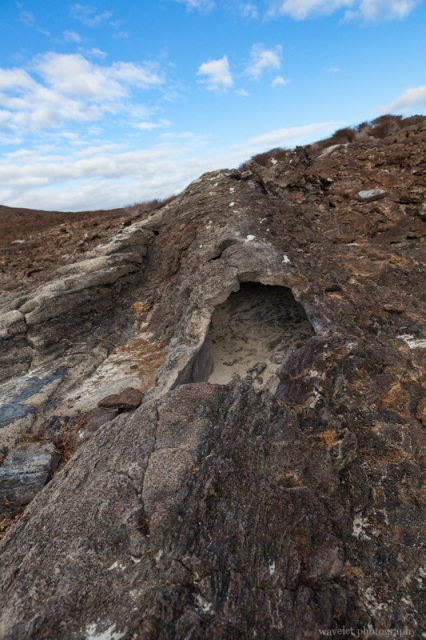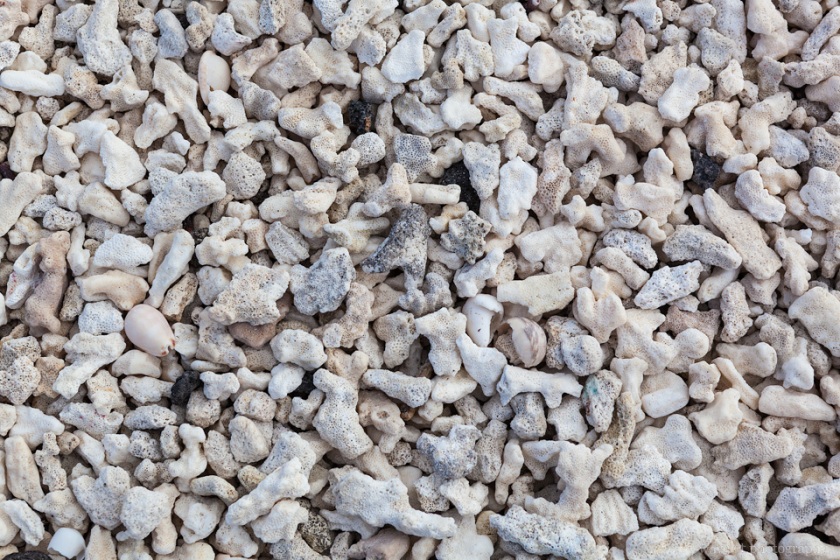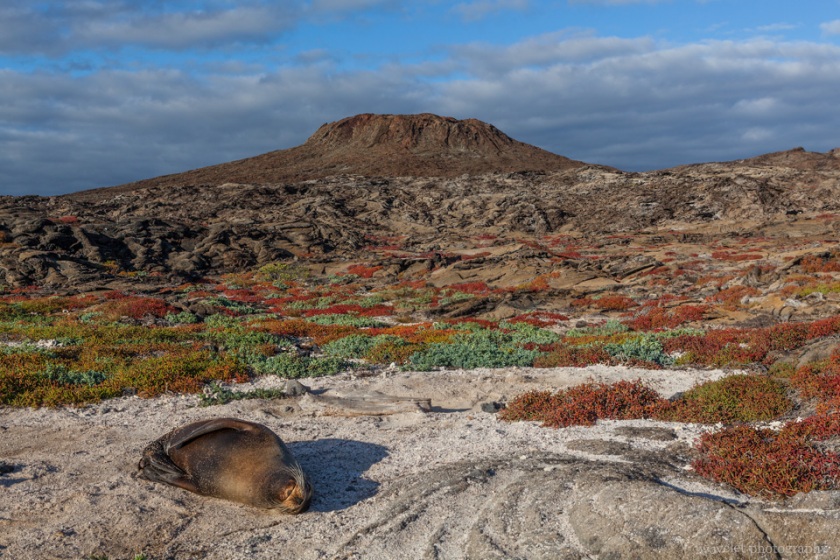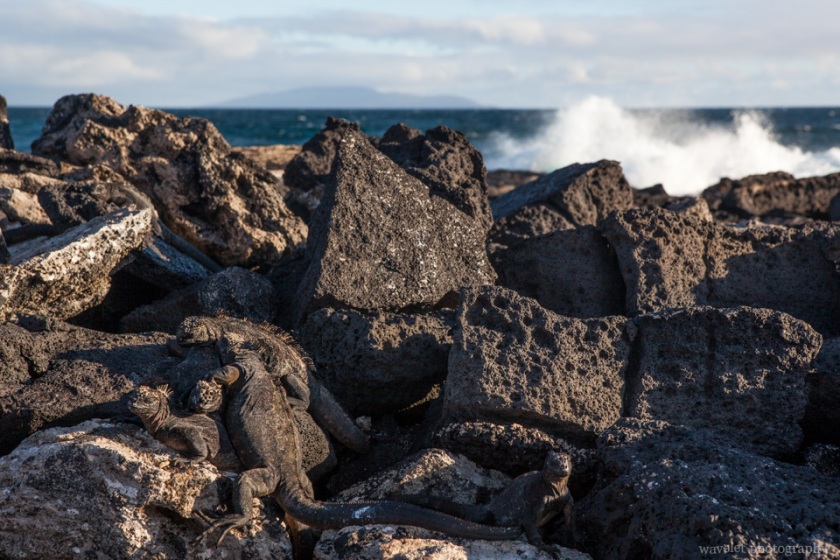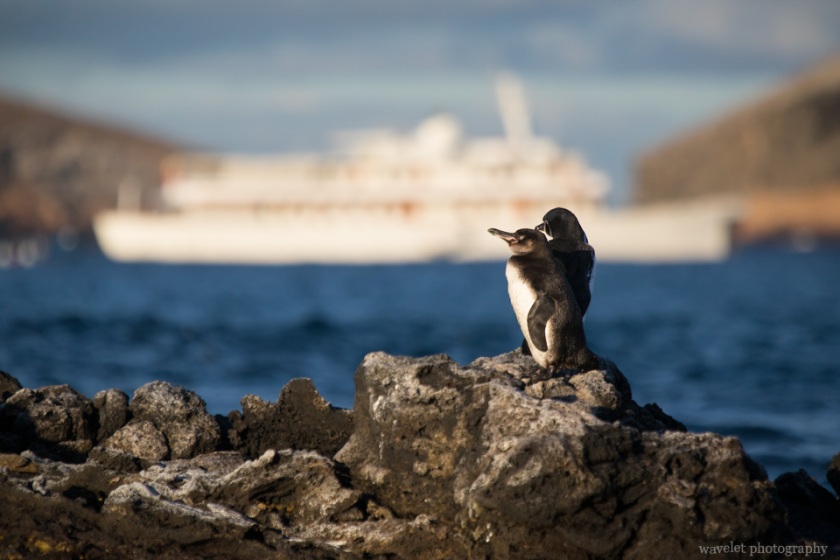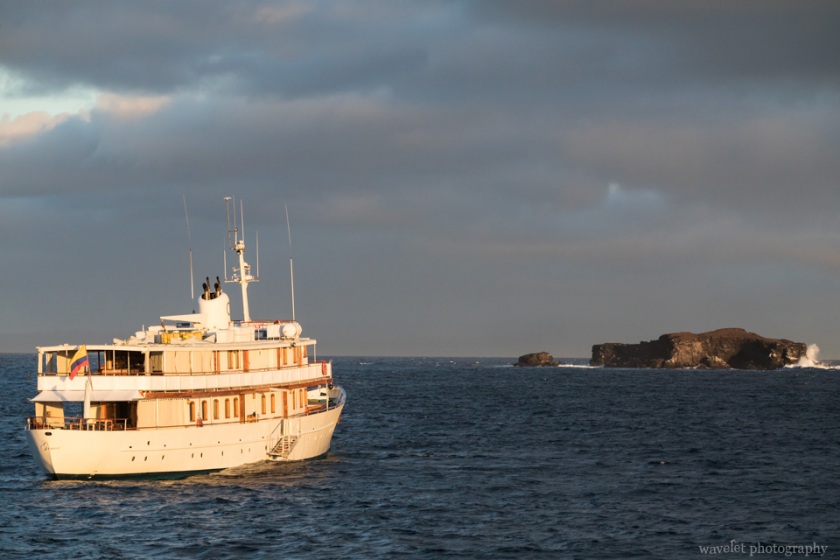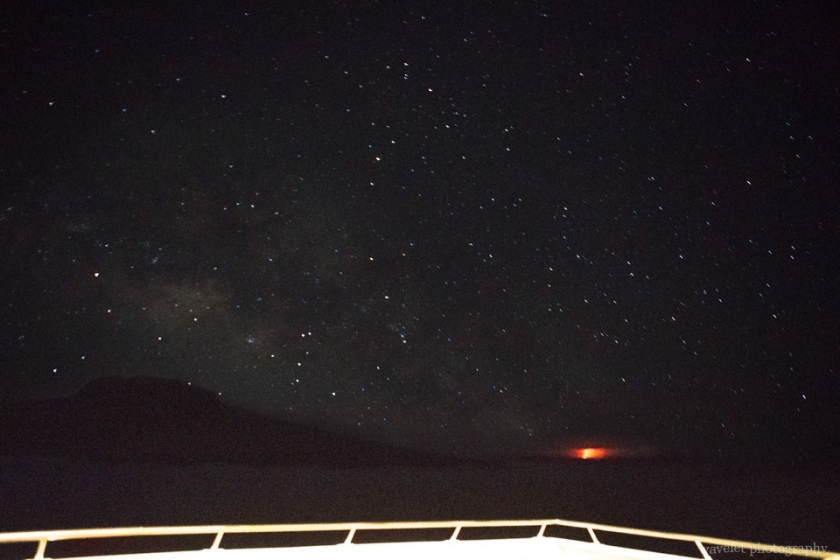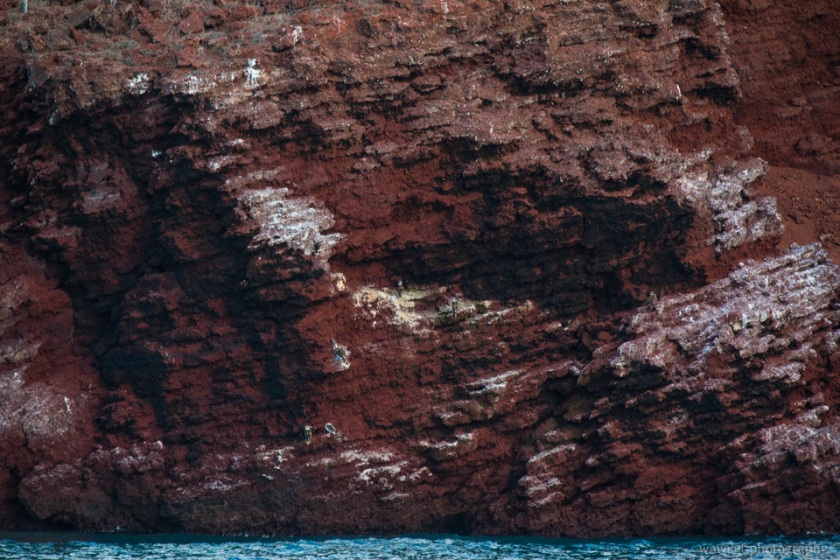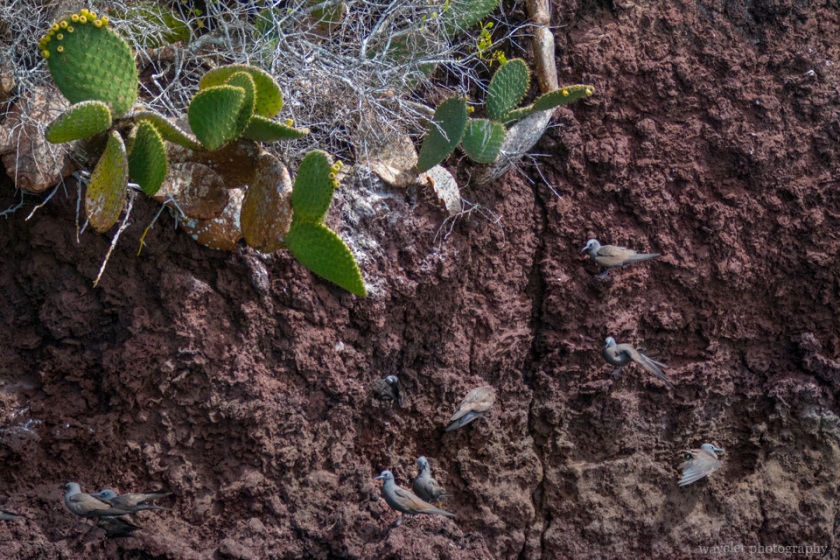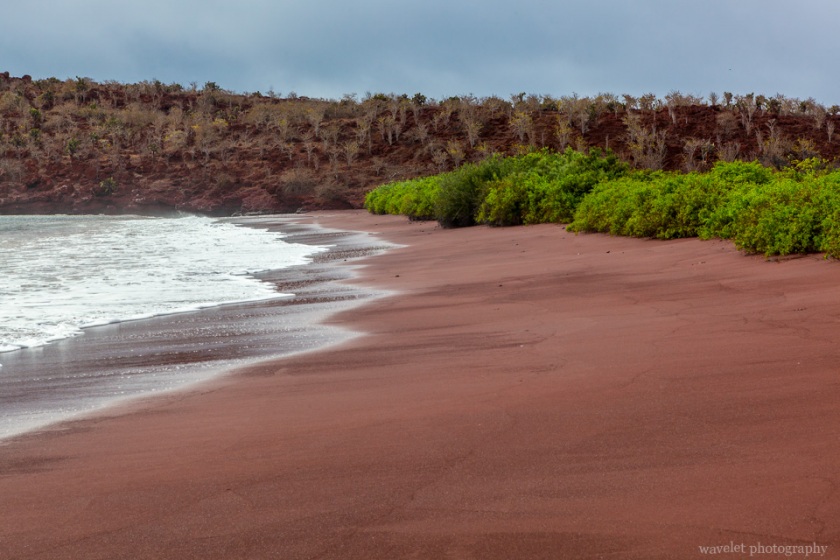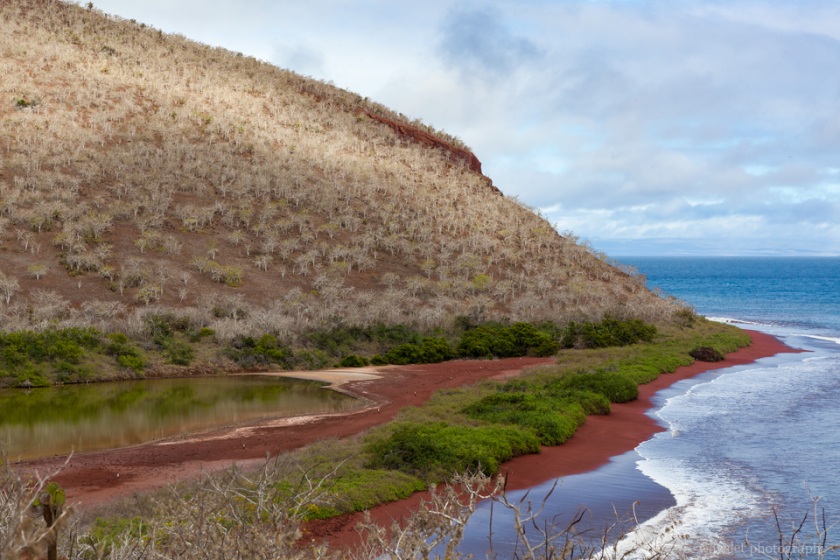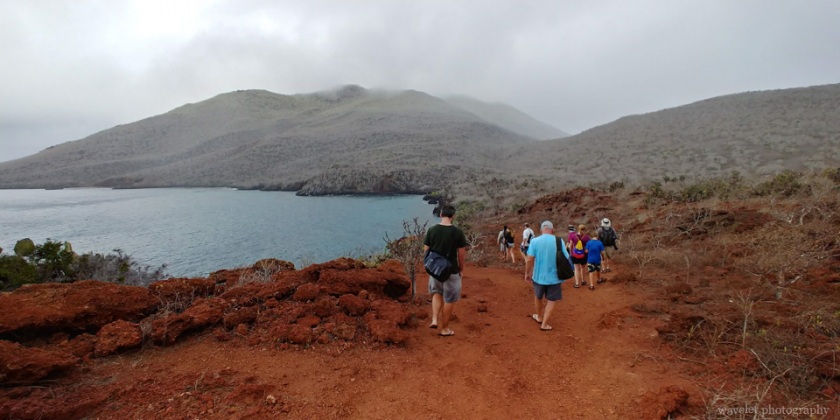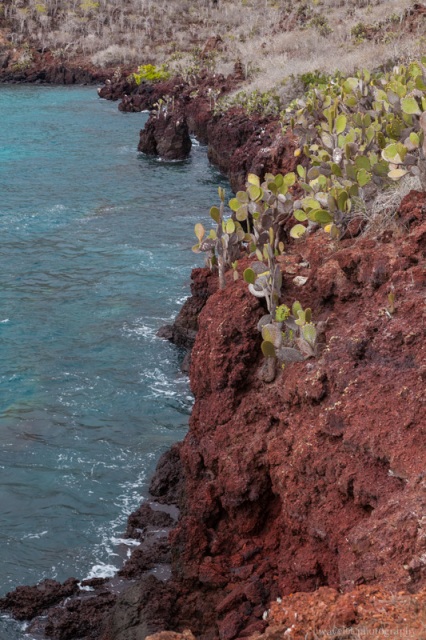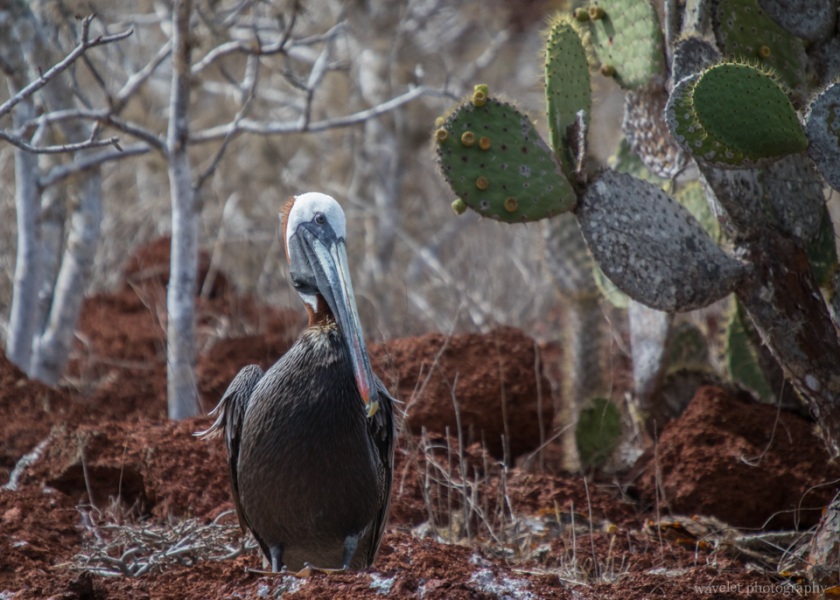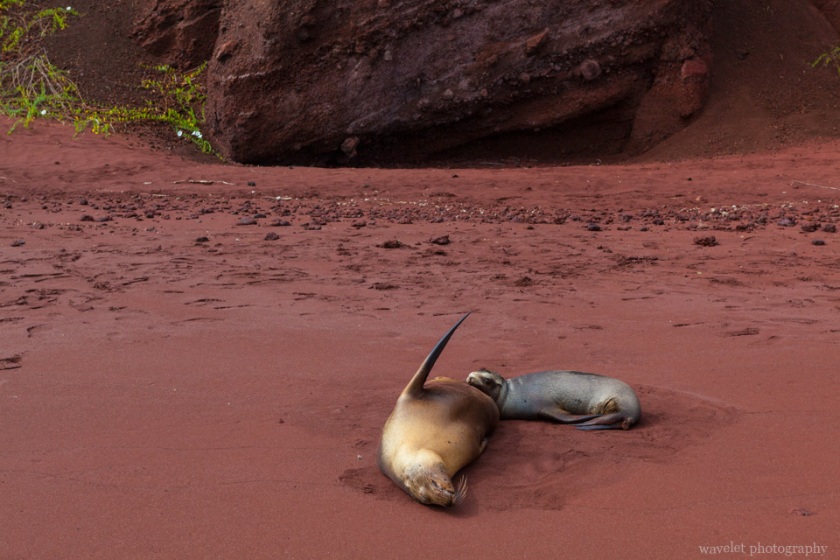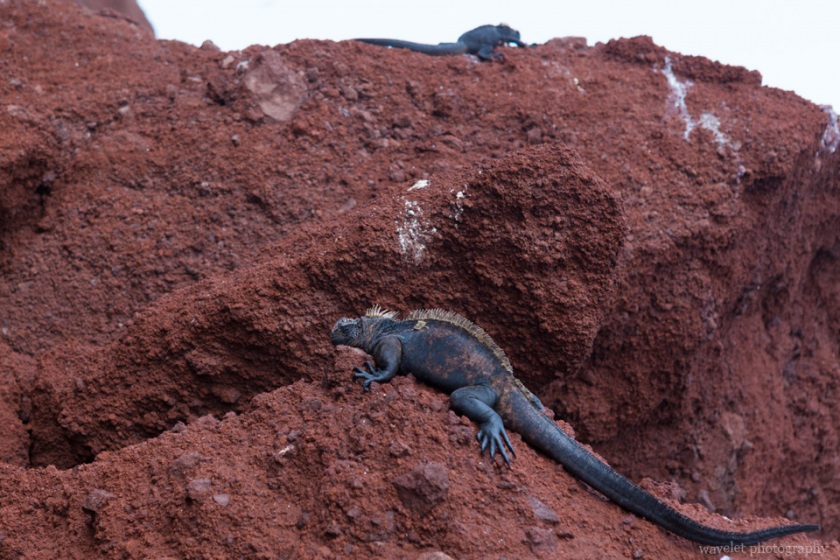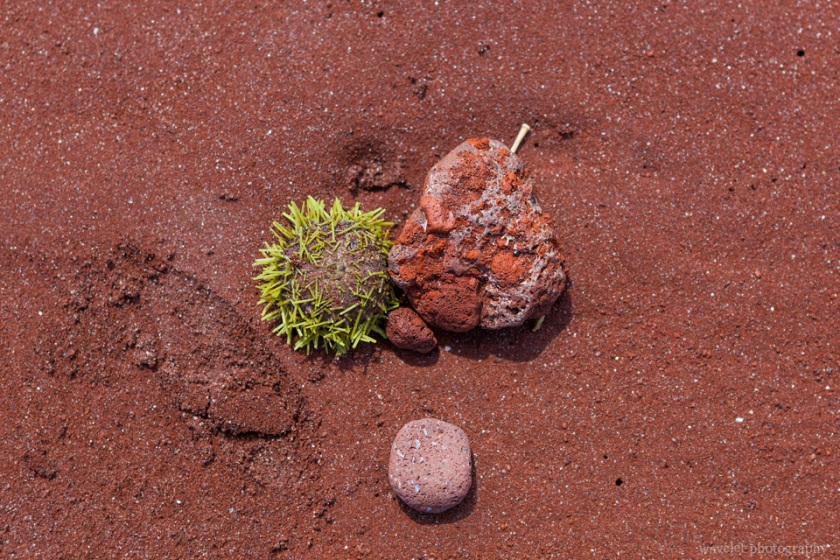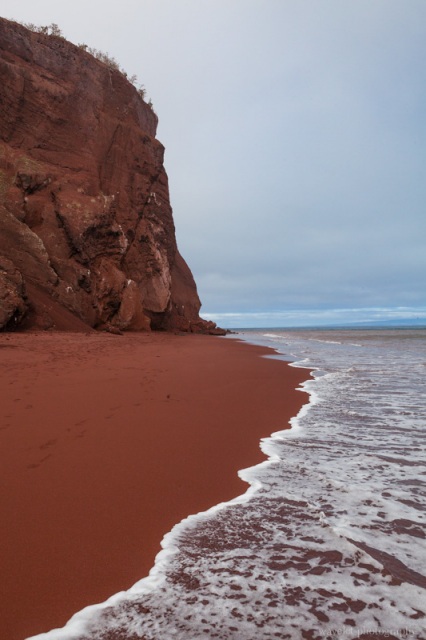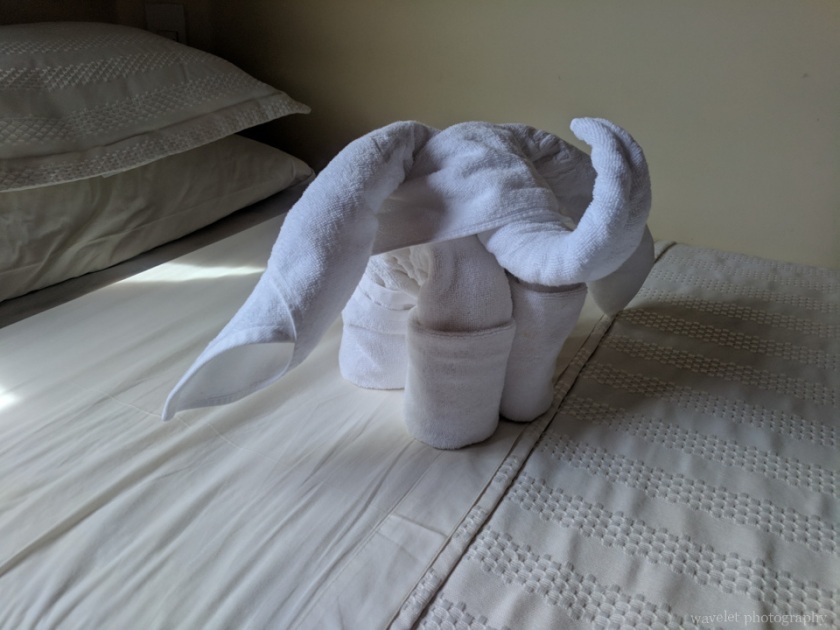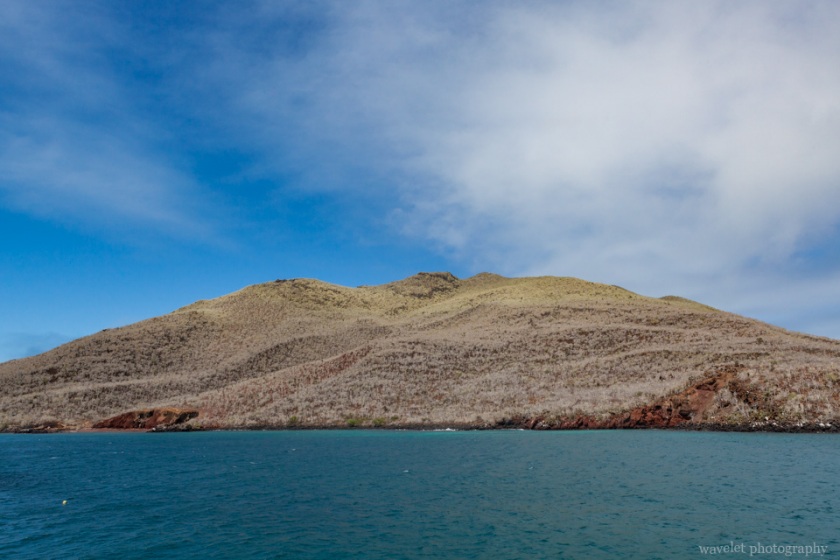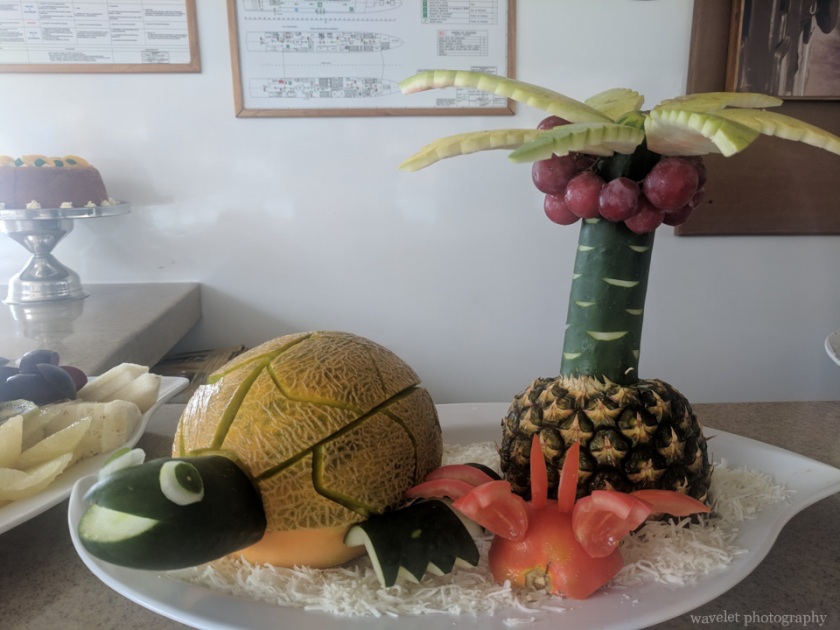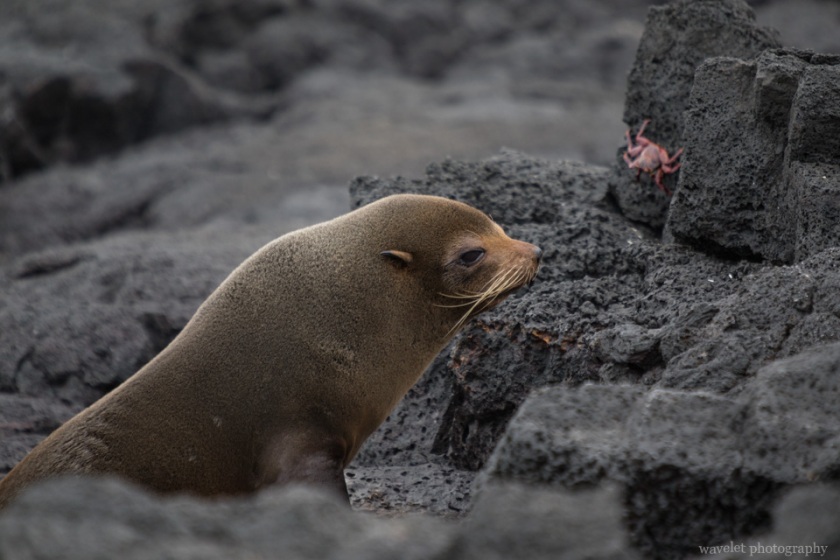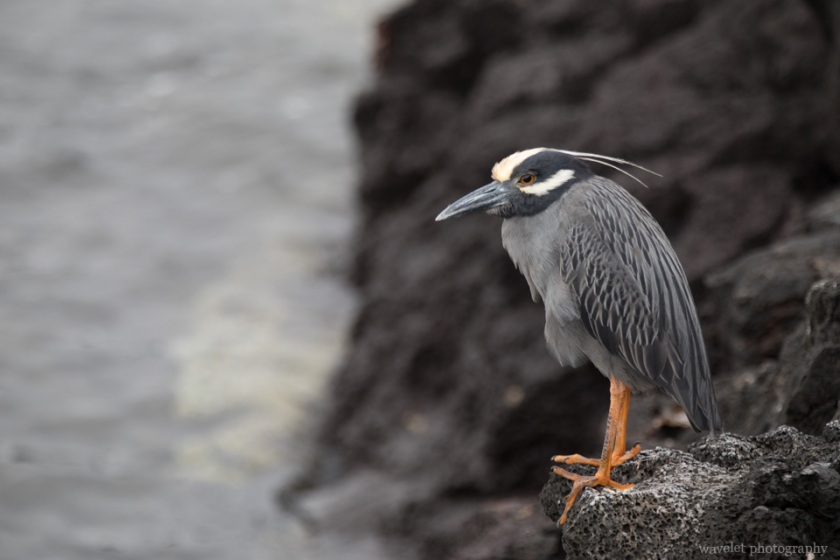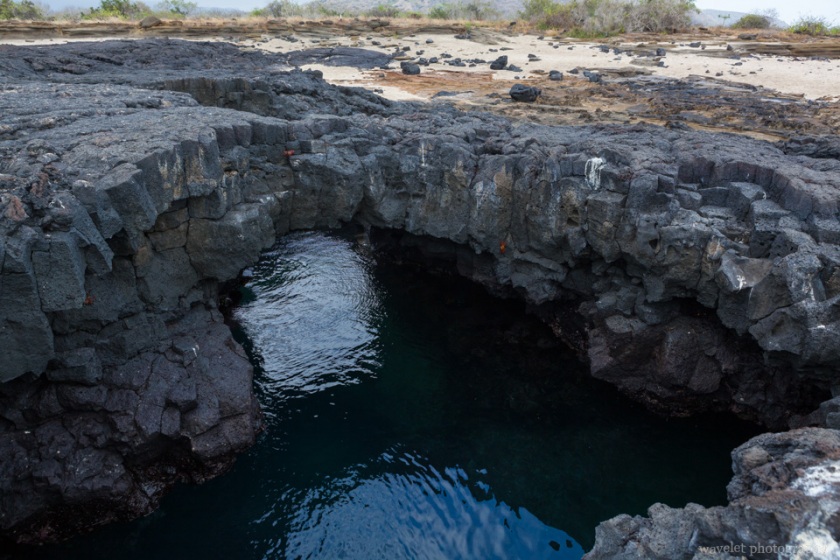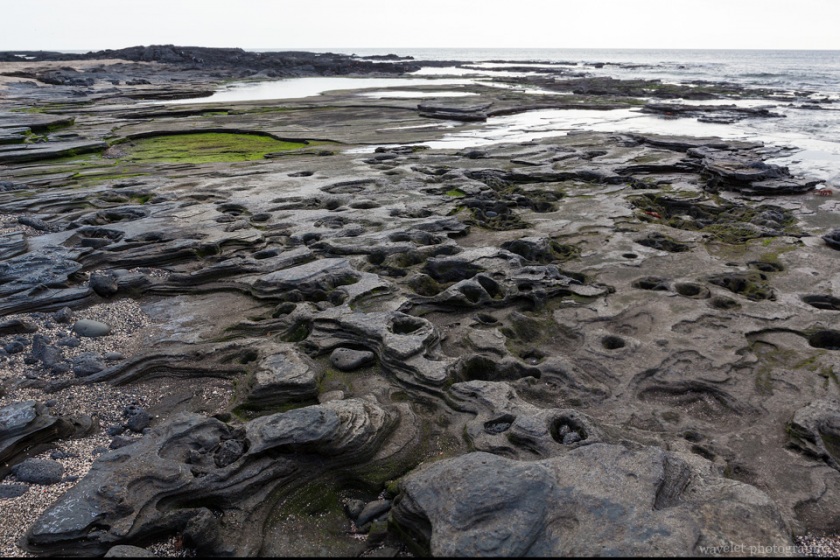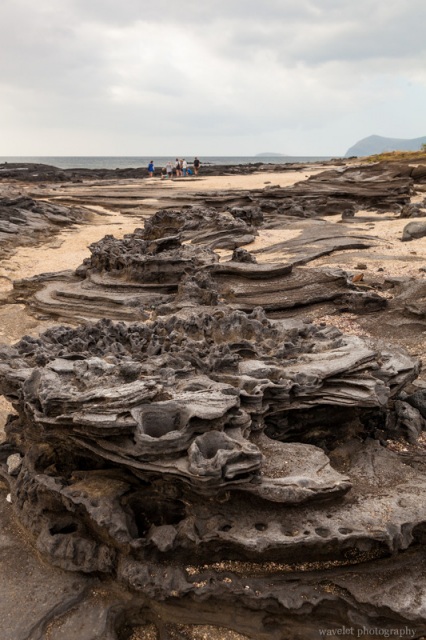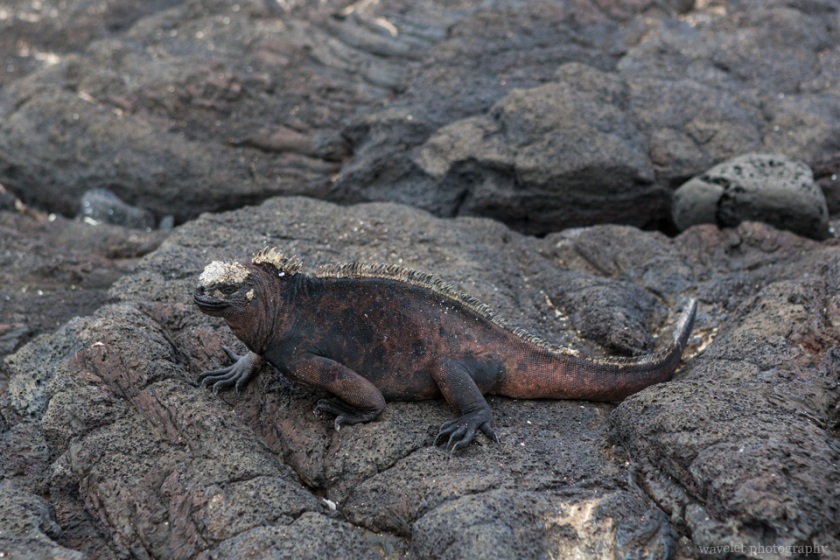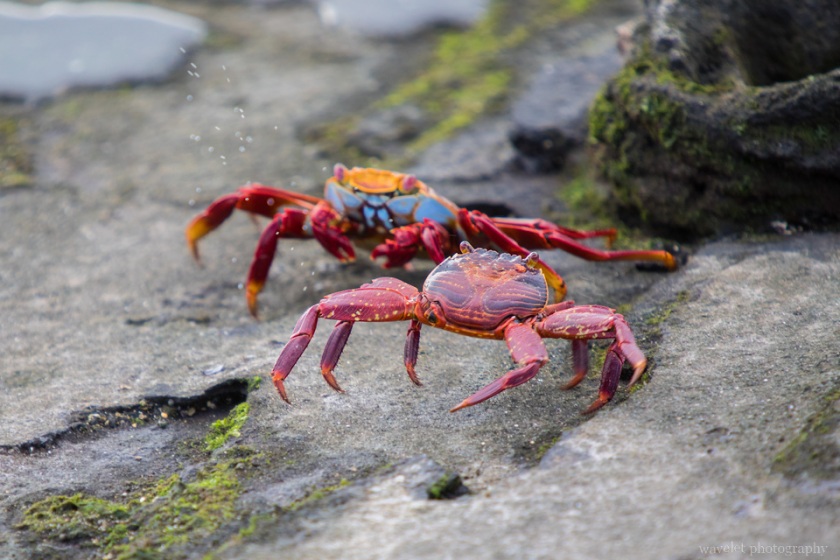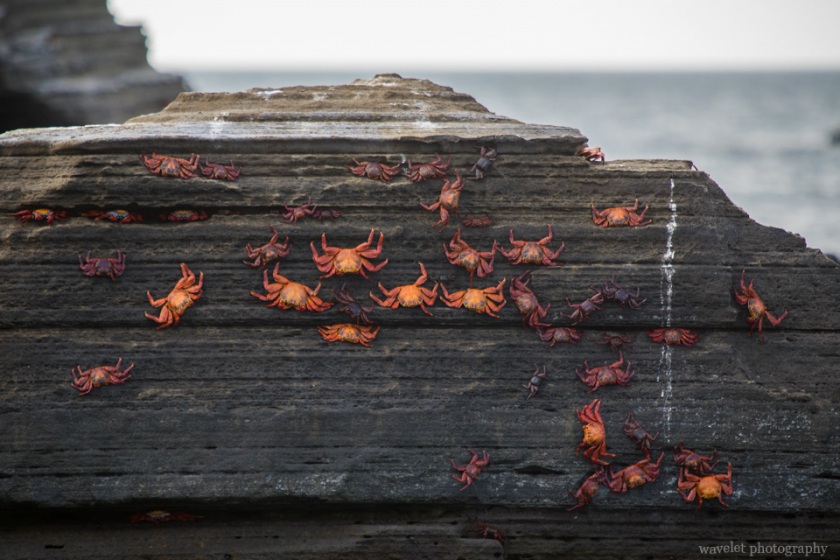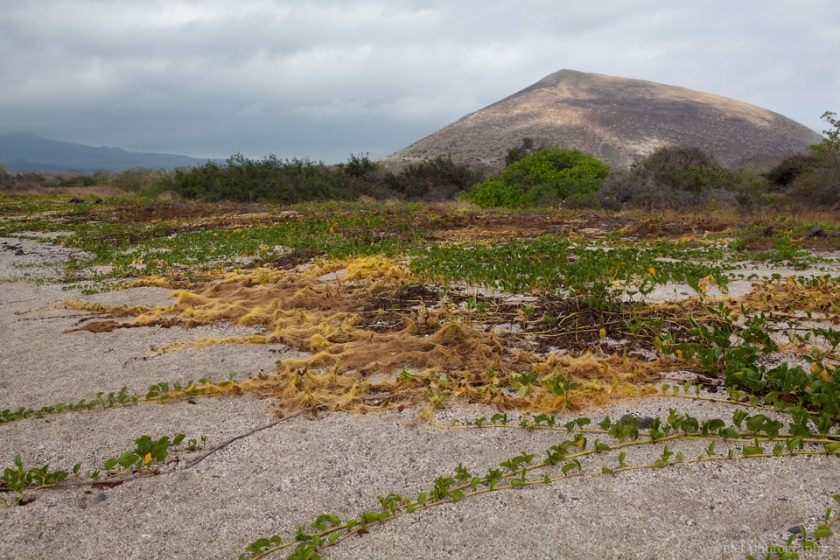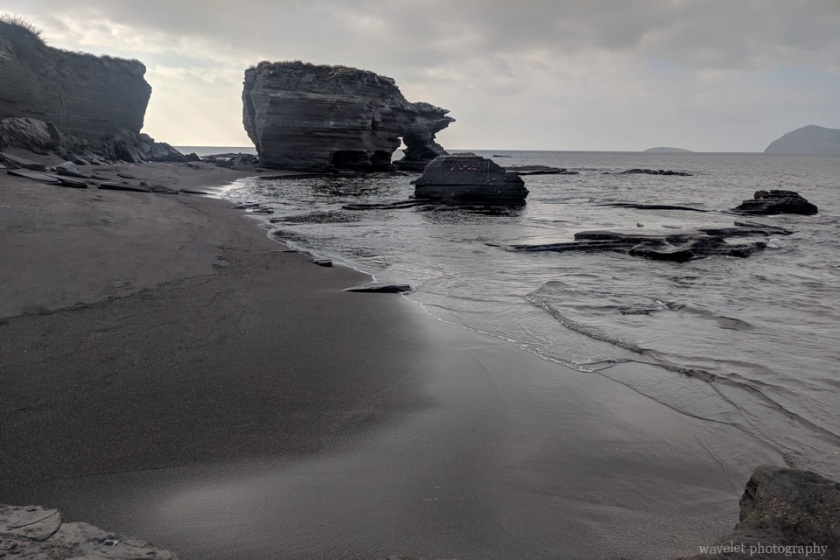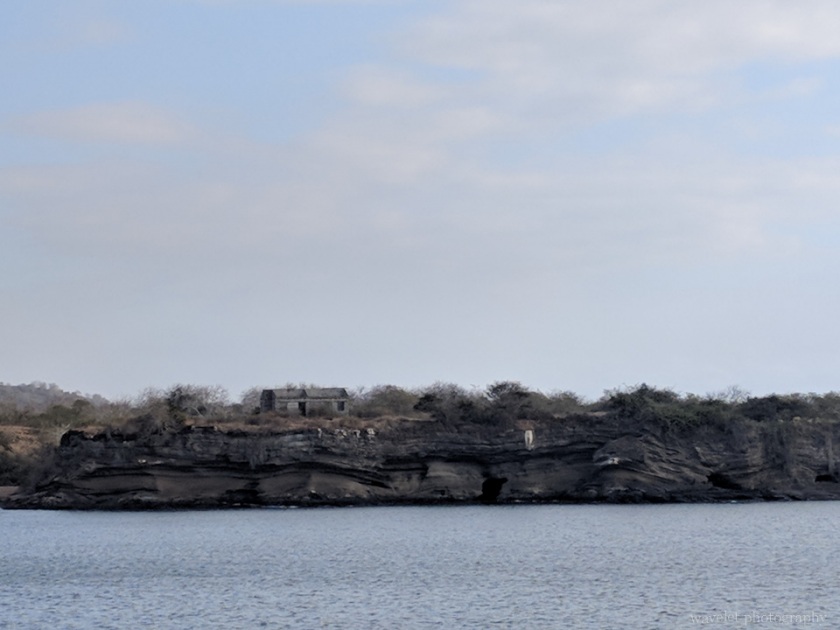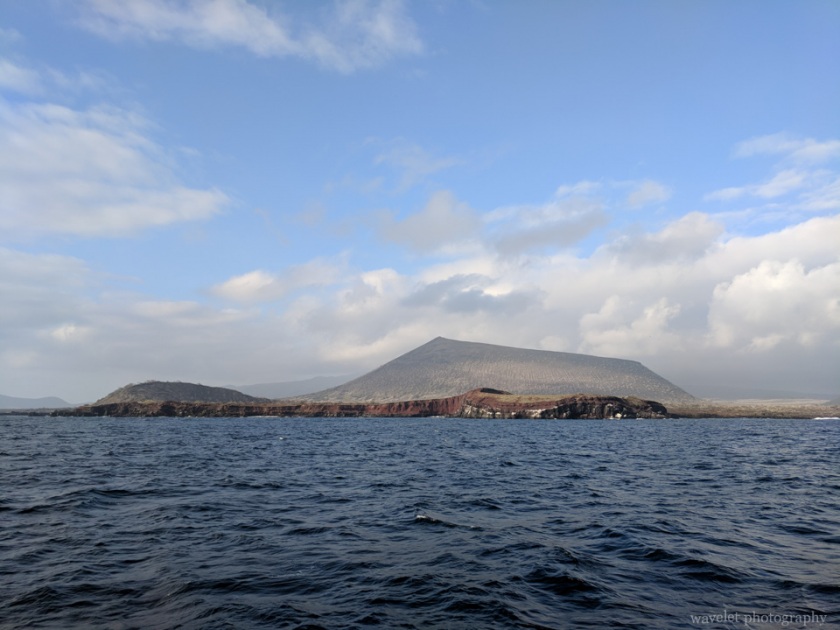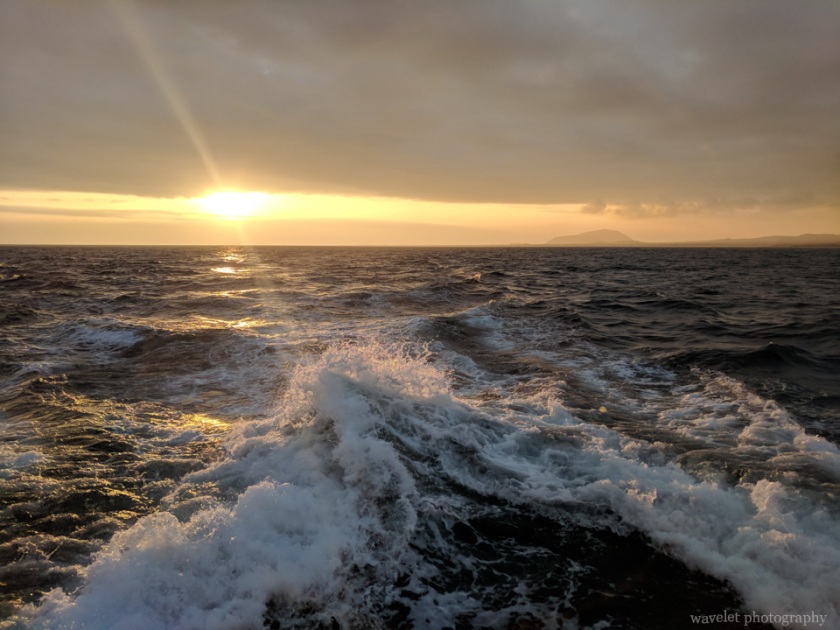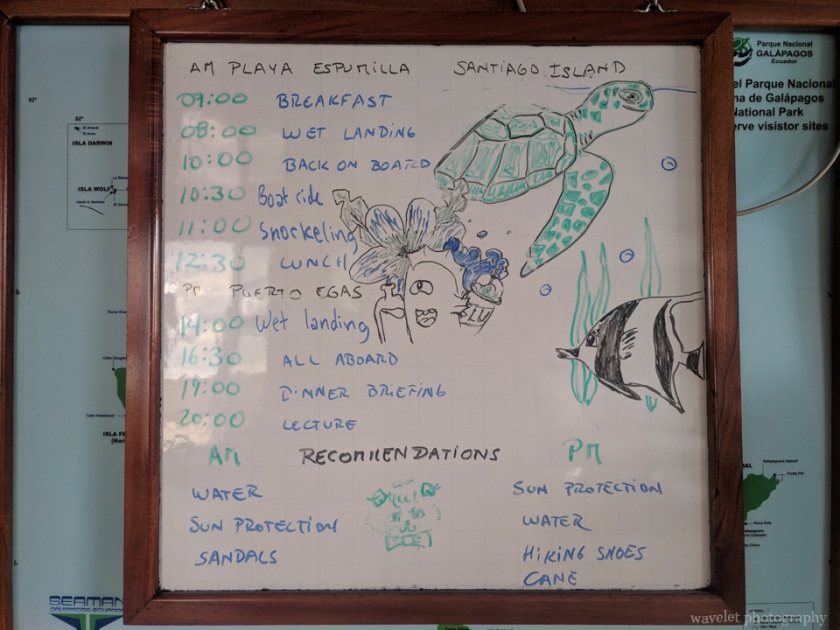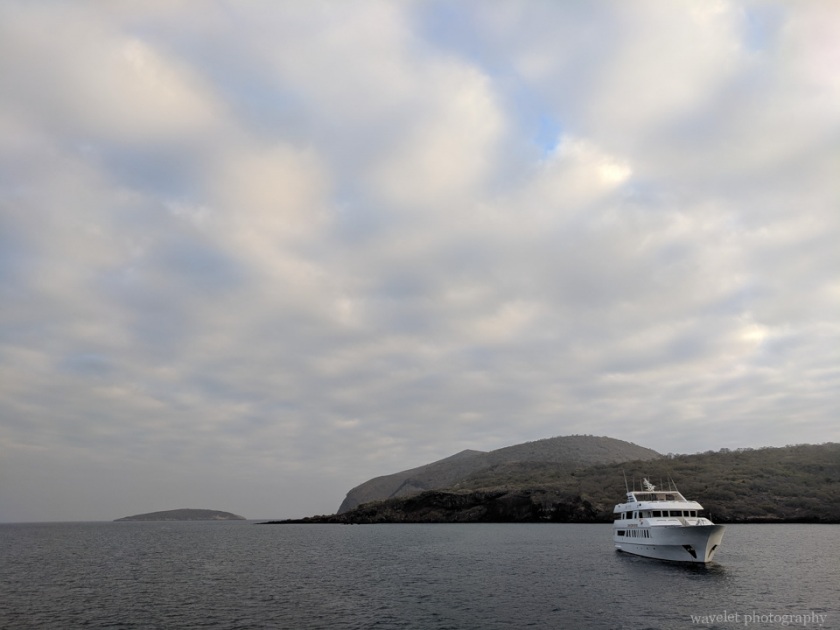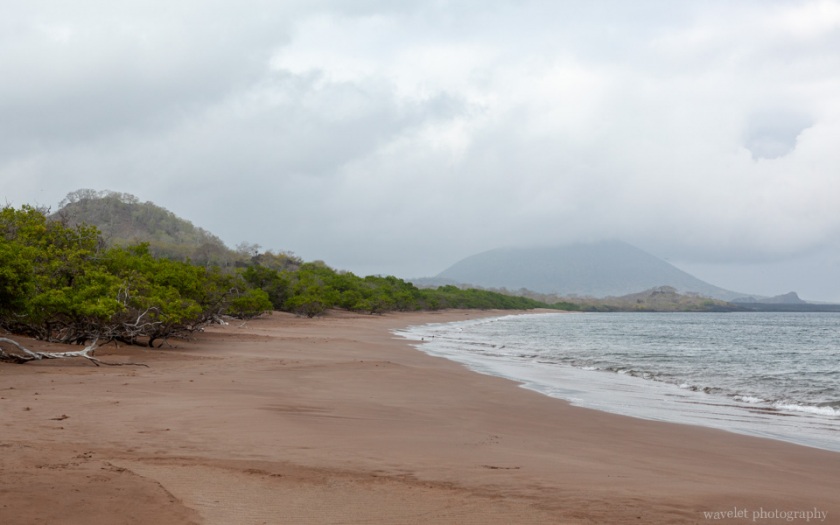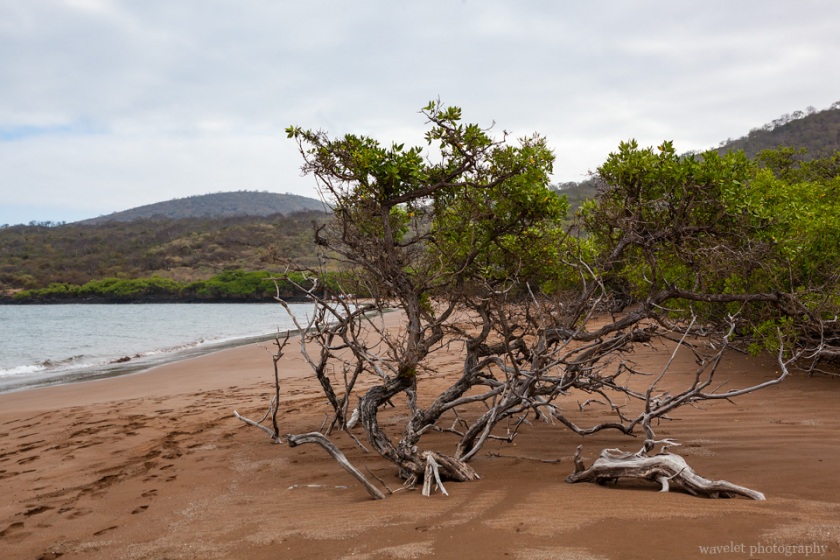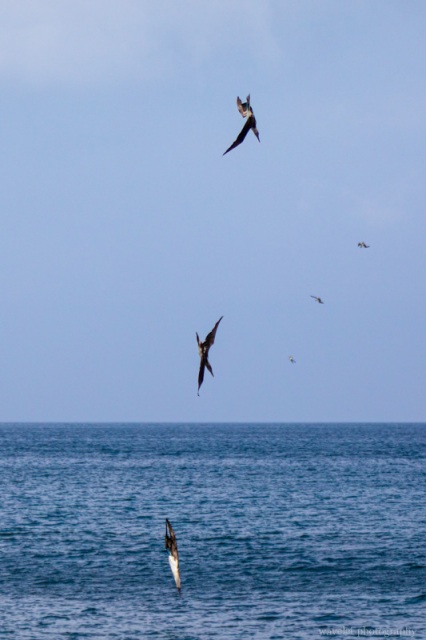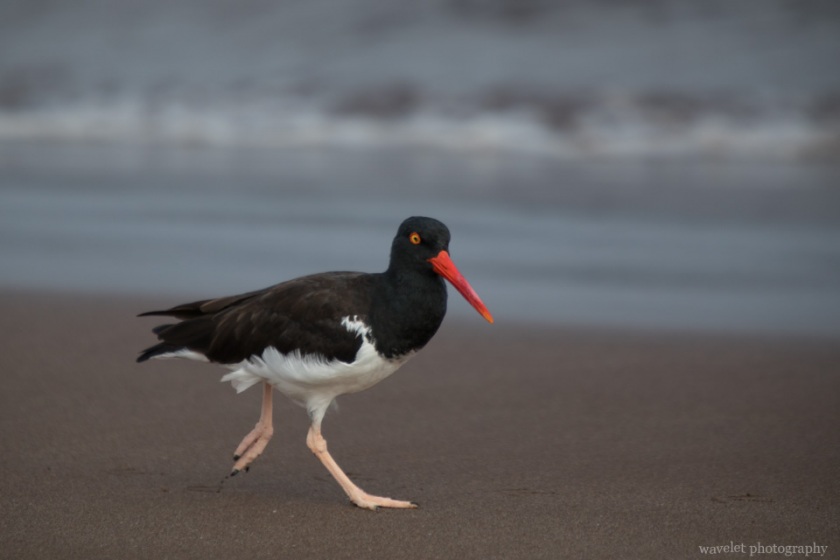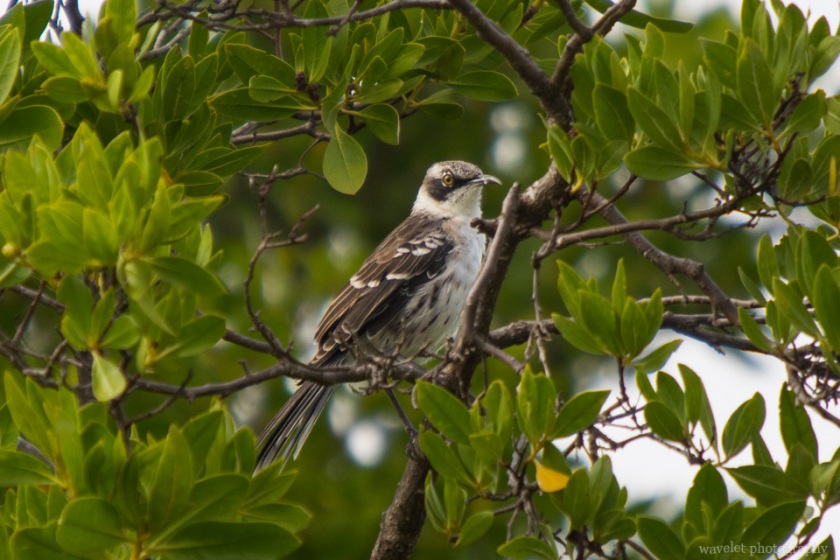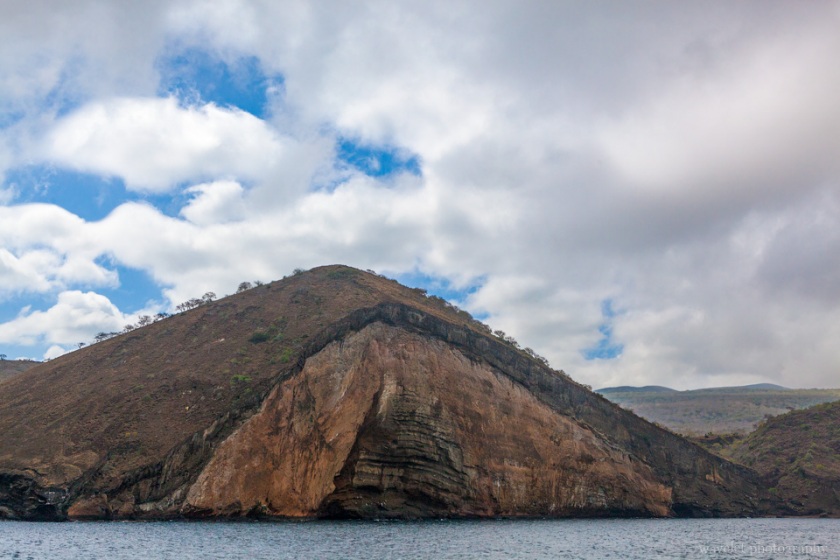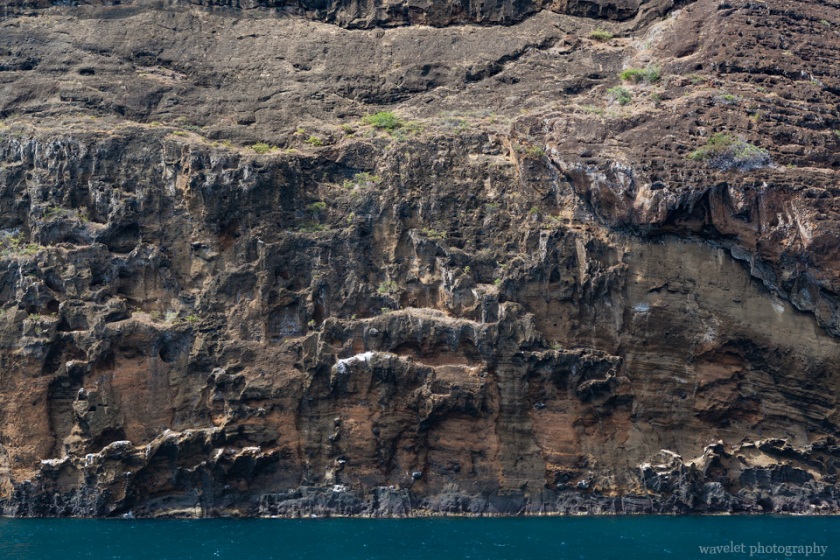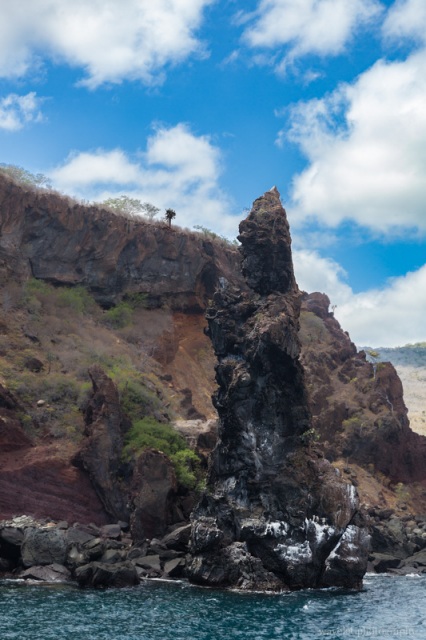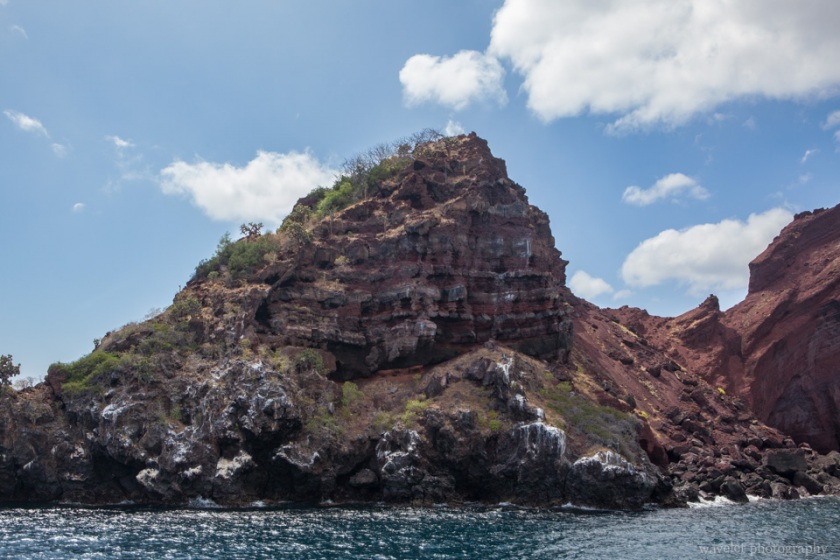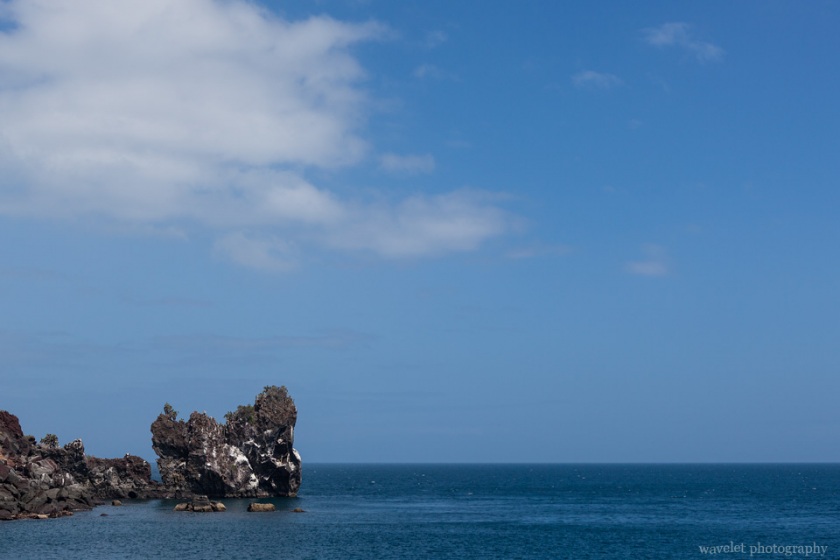Colorado Mountain Towns – Last Dollar Road
2021.9.27Today’s plan is to do a hiking in the morning, starting from Mountain Village, taking the Ridge Trail up to San Sophia Station, the highest point of the gondola; then take the Village Trail back down to the resort. The total distance is about 7 miles.
The trail starts at the gondola station, but the beginning of the trail is not very well marked and is mixed up with several downhill trails. It took me a few times to find the way I wanted to go. The Ridge Trail is quite steep, mostly 10 to 15 degrees uphill. The trail starts with some switchbacks, and then it goes up along the mountain ridge.
I started at 8:00 a.m. and the sun was still behind the San Juan Mountains. The trail runs through the aspen forests. I could see Telluride and the mountains across the town only occasionally, most of time, the view was blocked by the forest. The route up the mountain was a little more than 2 miles, and it took me about an hour to reach the top. The sunlight started reaching the tip of the mountain and lighting up the slope, and the color of the aspen leaves were getting brighter.
At the top of the mountain is the transfer station of the gondola, San Sophia Station, from where many people take the gondola to the top and either descend or go further to other hiking trails. Finally there is an open view, with the Mountain Village on the slopes below, and the distant mountain range with Sunshine Mountain and Wilson Peak to the west.
The Village Trail descends slowly, except for some sections of gravel or loose dirt, and is very easy to follow. There is a straight and gentle slope somewhere in the middle, and you can see the mountain range across the Telluride and San Miguel River valleys, several of which are 14ers. The aspen extends to halfway up the mountain. This is the most epic scenery on the trail, even if you are in a hurry, you have to take a break here and take a deep breath, all the hardships of the trek are rewarded at this moment.
Back to the hotel and we went for lunch. We chose a restaurant called Altezza. It is in the hotel of The Peak Resort, which is located on the outskirts of the Mountain Village. The restaurant had a good rating and when we arrived we found that the view was even better. Sitting on the patio, we could see the golf course by the hotel, the mountains in the distance, the colorful autumn colors from golden to orange to crimson, and the meal was quite delicious.
Last Dollar Road is a mountain road that starts from Telluride, crosses the San Juan Mountains, and reaches Dallas Divide. Known for its beautiful scenery and winding roads, this road cannot be considered tough for expert off-roaders, but it is impossible to drive the entire length without the right vehicle. Around Telluride, this road is highly recommended as a top choice for enjoying the fall colors. We planed to drive and see how far we could go.
The road starts at the roundabout of Route 145 outside of Telluride, from where it turns up the hill. Before reaching the airport, T60 forks to the right and becomes a dirt road. As the terrain rises, the views open up. Not too far into the trail, I stopped at the Deep Creek trailhead and took this photo. I was very happy with this photo, from the change in color to the layering of the aspen forest.
The road continued up the mountainside. Clouds gathered in the sky and suddenly it started to rain. it always seems to rain in the afternoon in the San Juan Mountains, and the stormy sky is a perfect match for the autumn colors. What impressed me the most was the color and texture of the cascading trees on the rising hillside, but there weren’t many places to stop on the roadside, so I couldn’t find the right spot to capture the ideal shots.
After reaching a open flat area, Last Dollar Road made a 90-degree turn to the right and the road became even steeper. I gave up my intention to continue up the road. The mountains lined up in the distance, separated by river valleys. The sun shone through the tumbling clouds on the rows of golden aspens. A few vehicles campped here, it is perfect place to enjoy the magnificent scenery.
There is a trail off Last Dollar Road that leads through the aspen trees. Carrying my tripod, I walked deeper into the woods along the path and was surrounded by silence. The aspens are strong and lush, with bright yellow leaves and snowy white trunks, making this a great trail for meditating alone or walking with a loved one.
On the way back, instead of returning directly to the resort, we continued driving south along Route 145. This way forward greeted the majestic mountains and the bright fall colors were a sight to behold. We stopped at a small lake called Cushman Lake on the side of the road. It was drizzling a bit, but it didn’t affect the mirror-like reflection of the aspens and mountains.
Back at the hotel, we took the gondola to Telluride again for dinner. We had booked the place the day before and the address is the name of the restaurant, 221 South Oak. This is one of the best restaurants in Tulluride, we ordered Lamb chops and Bison short rib, which were quite good.

